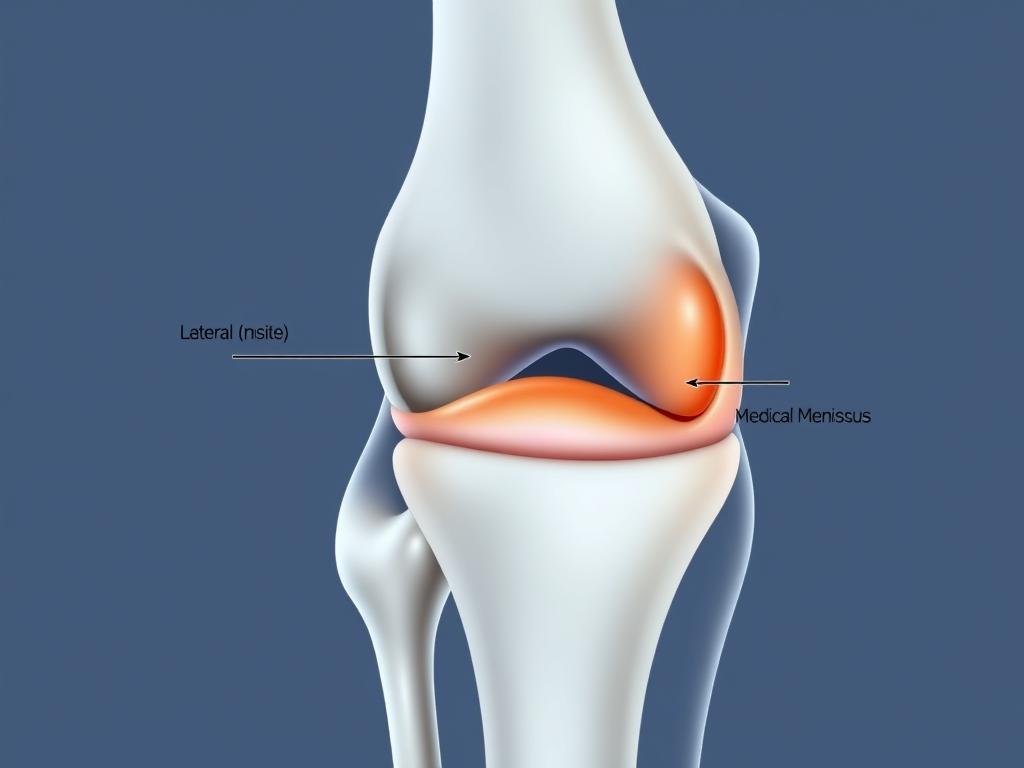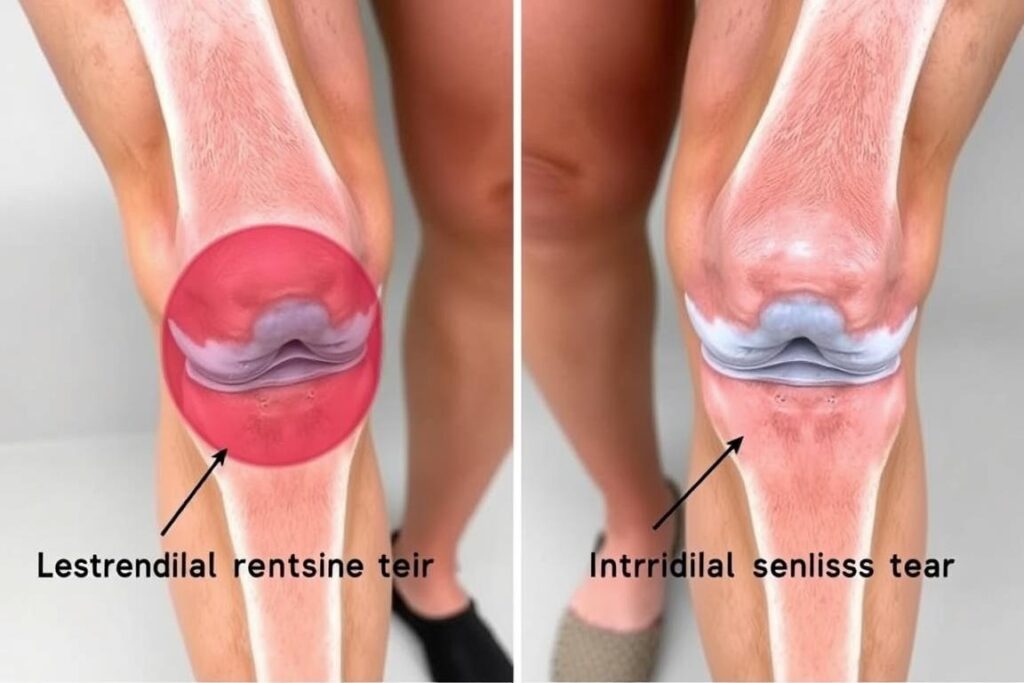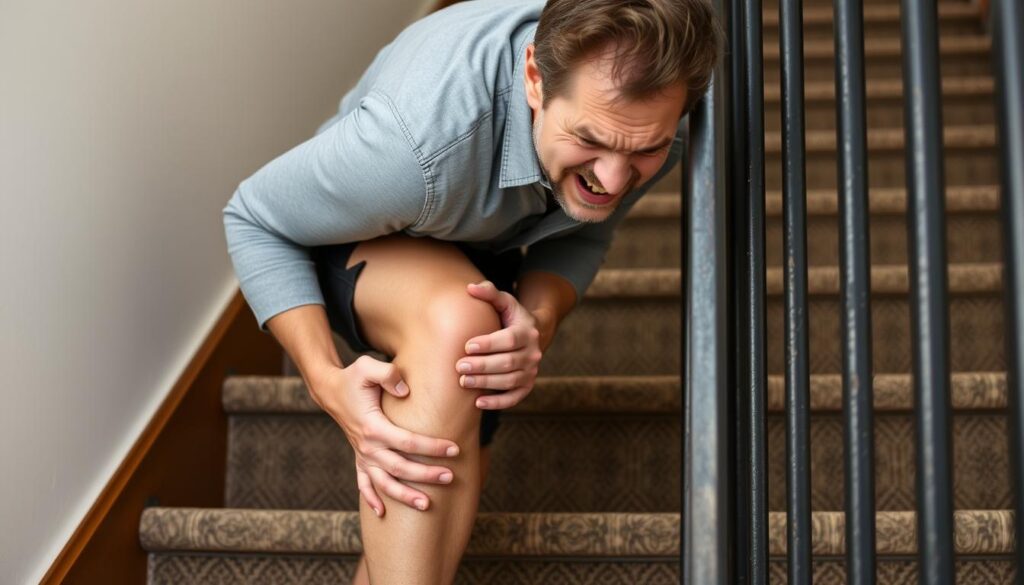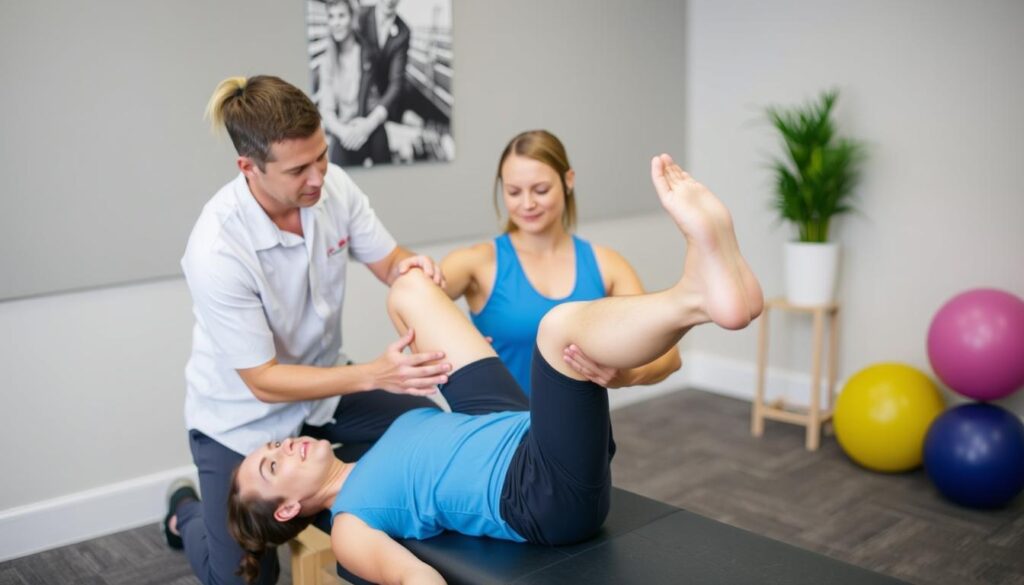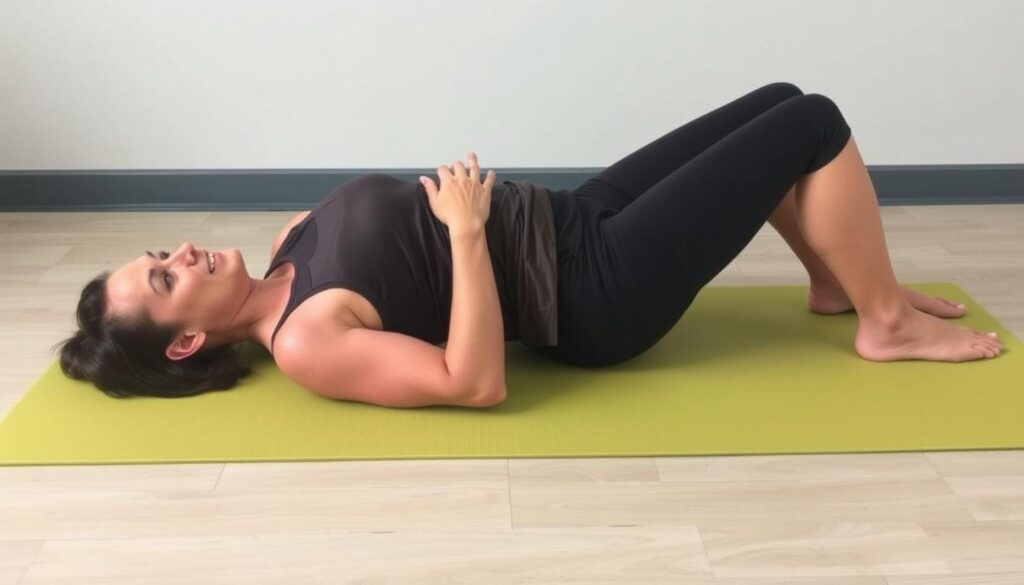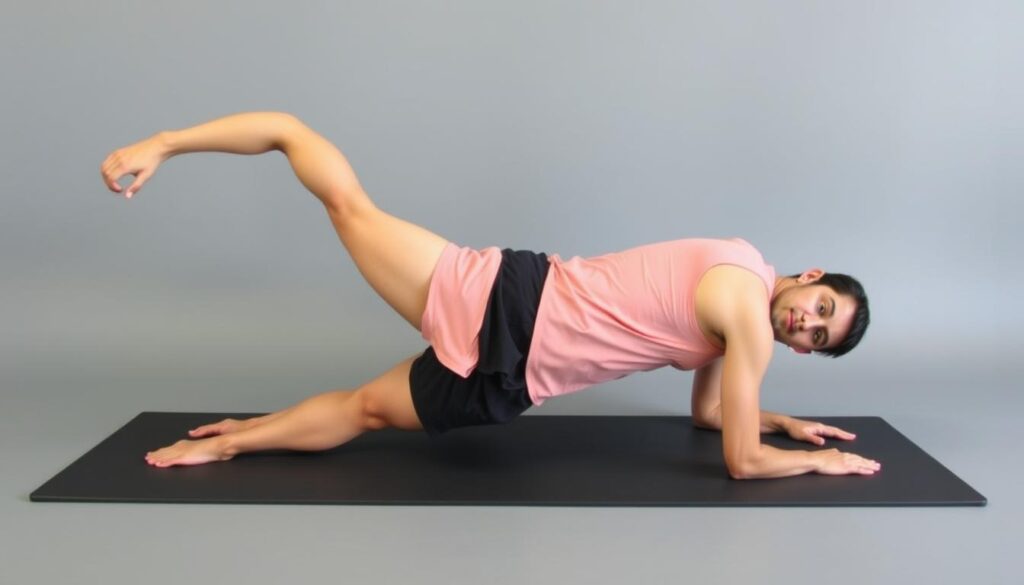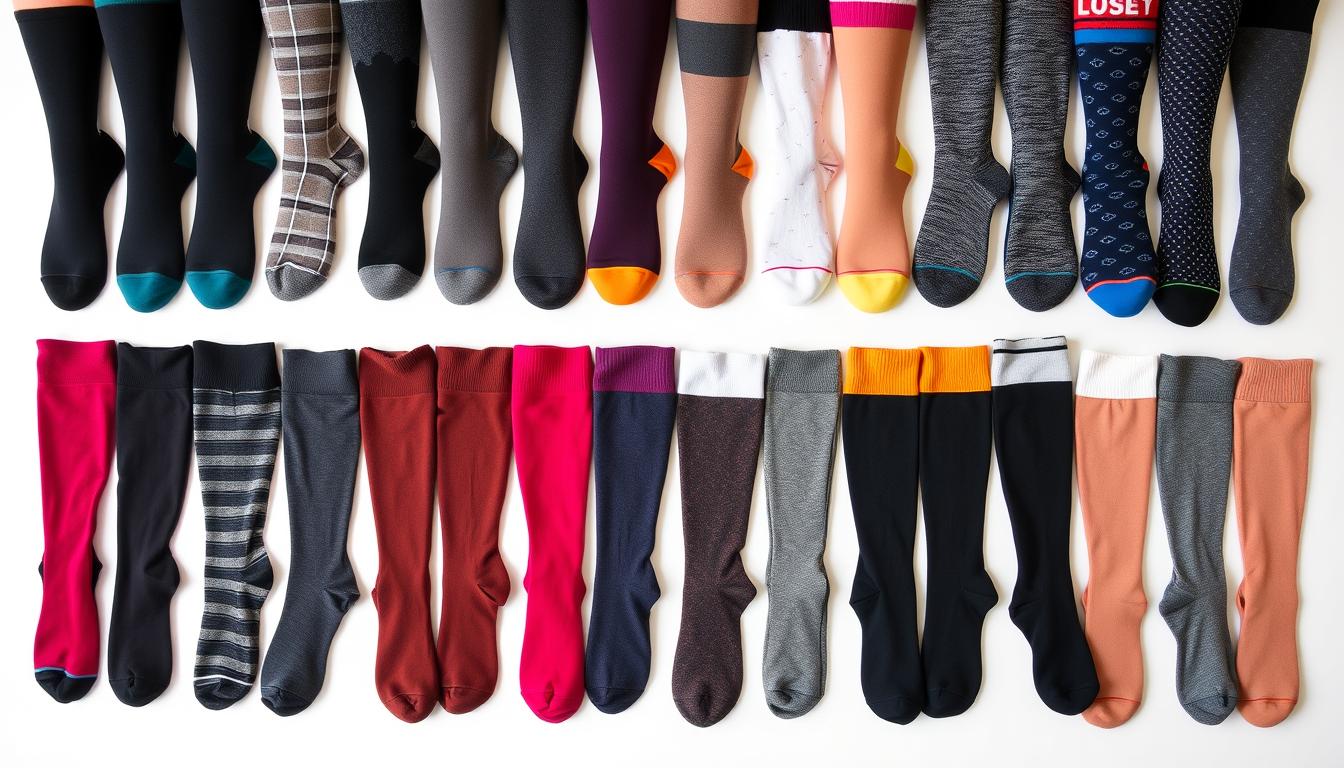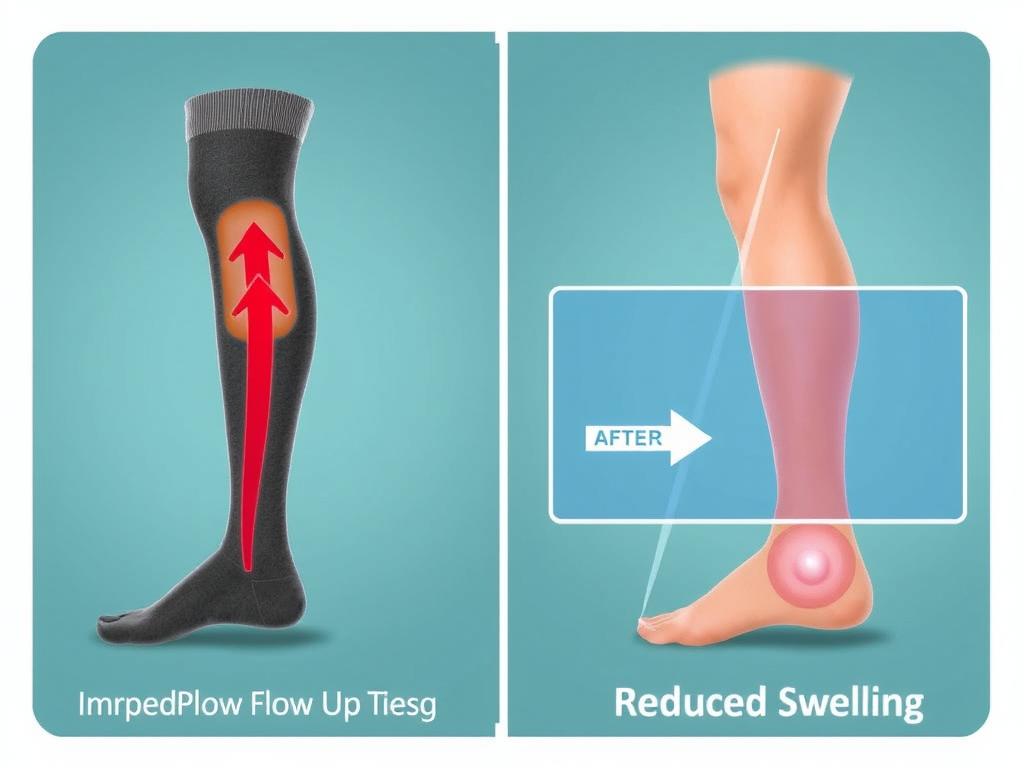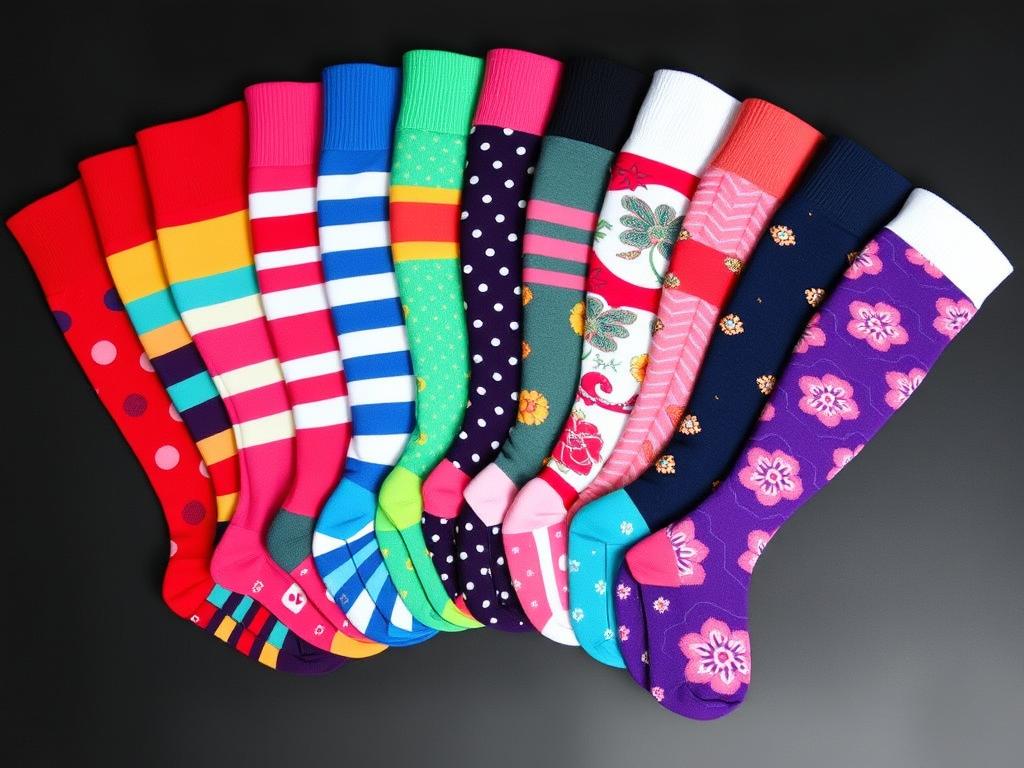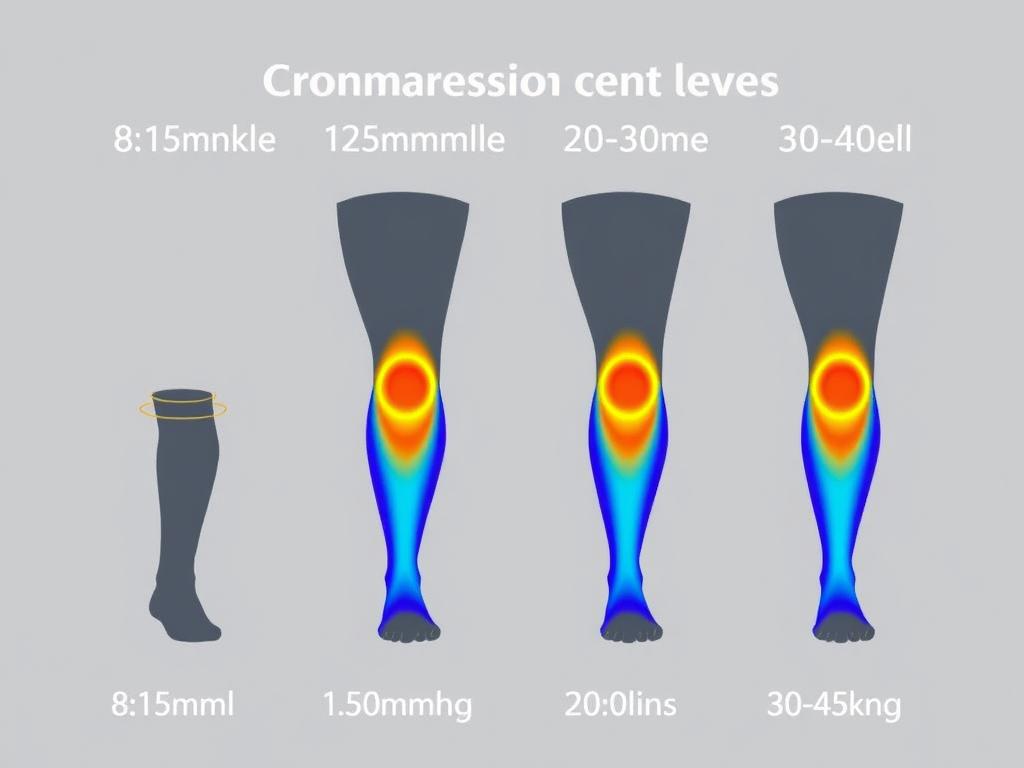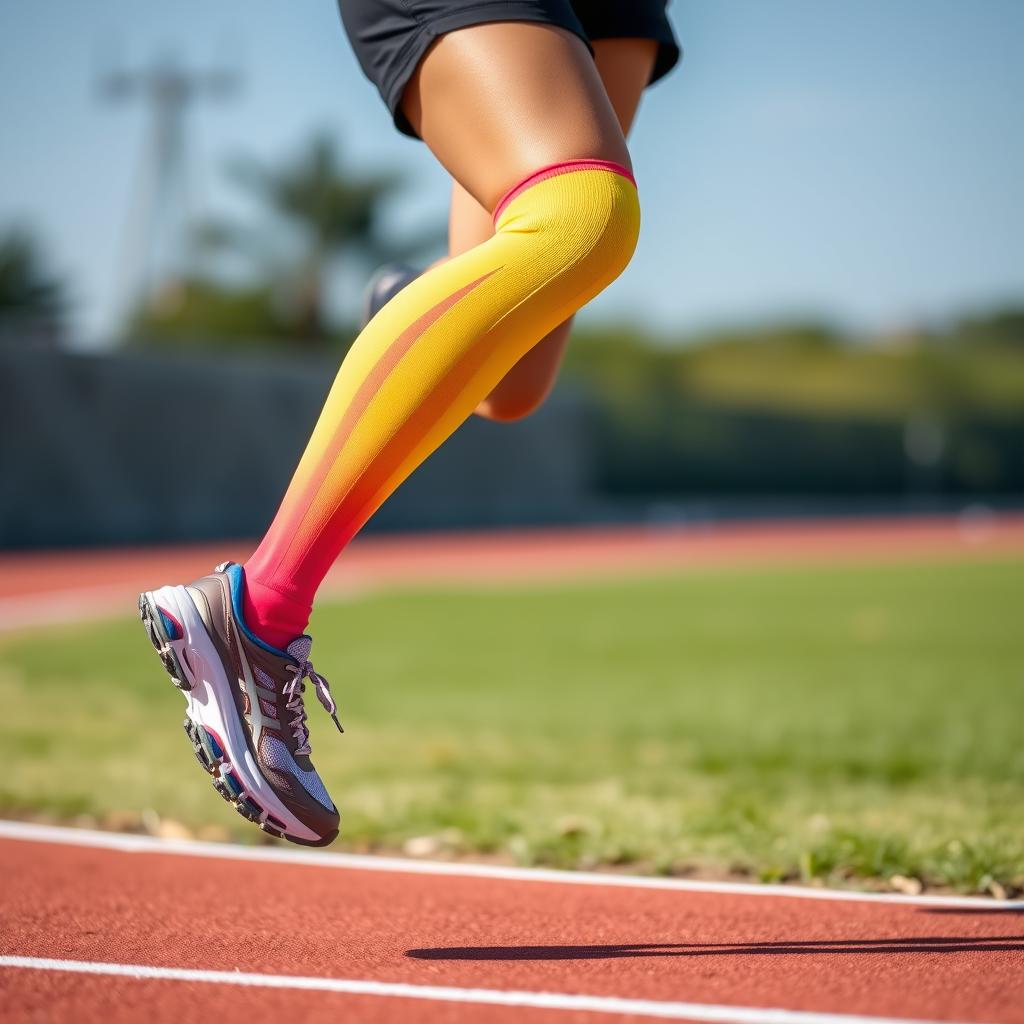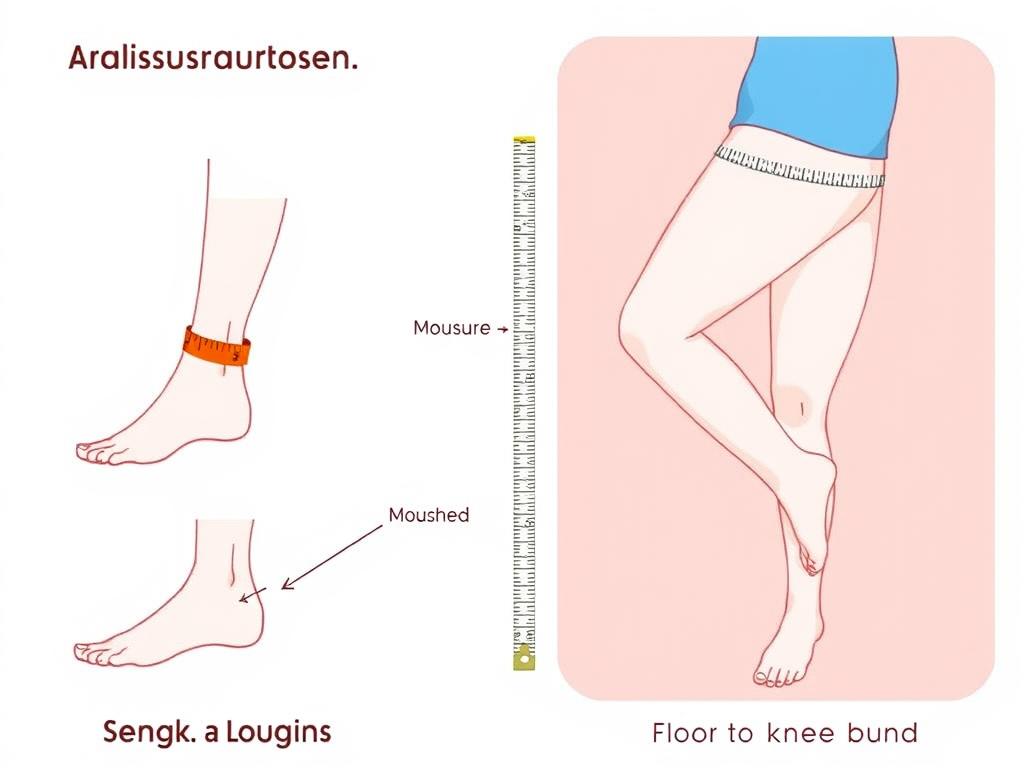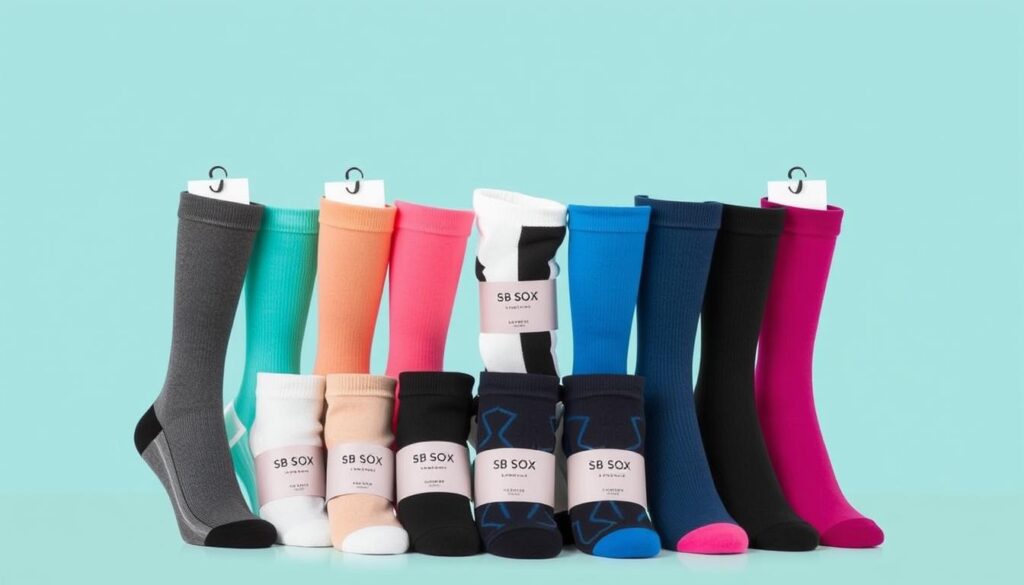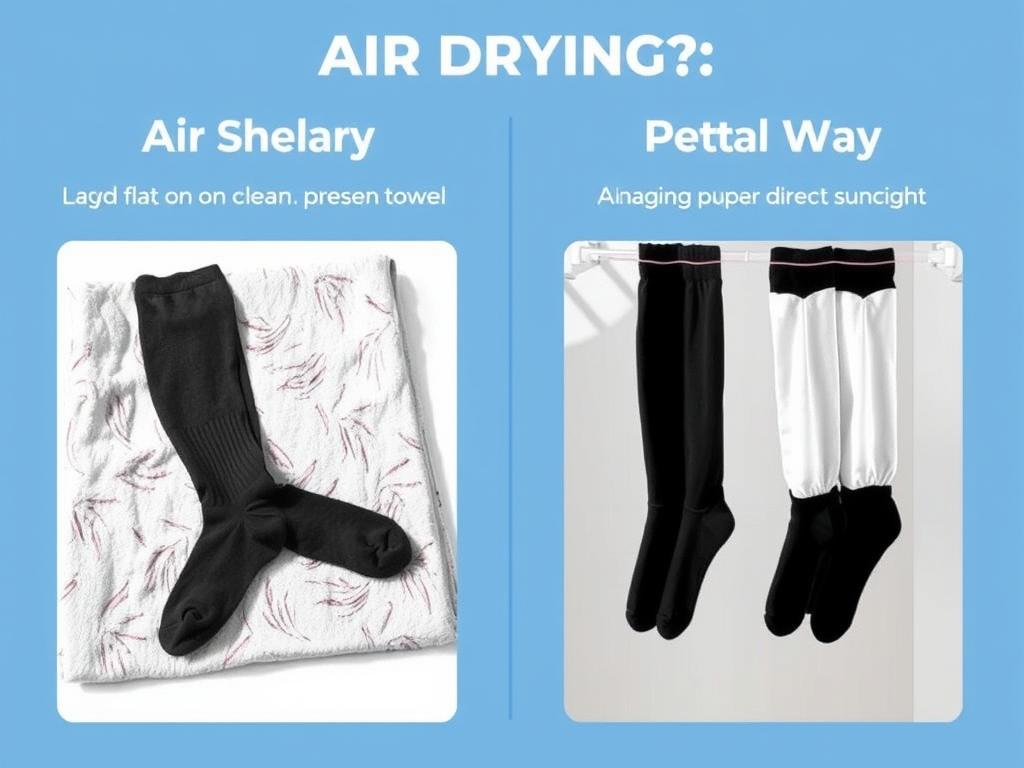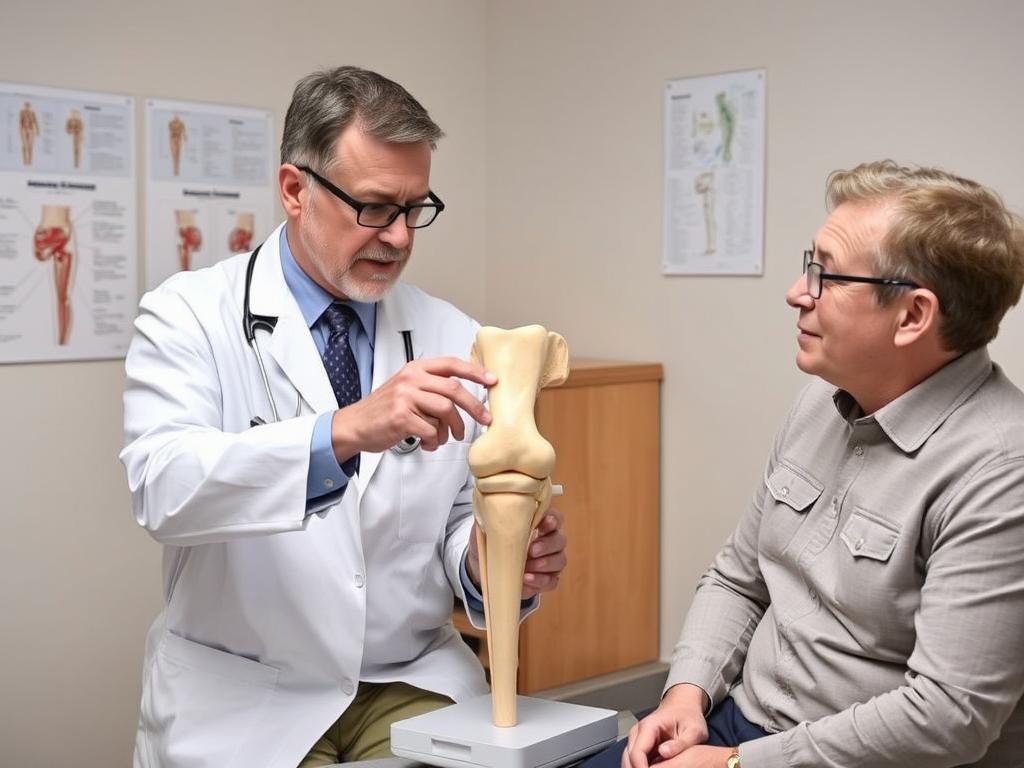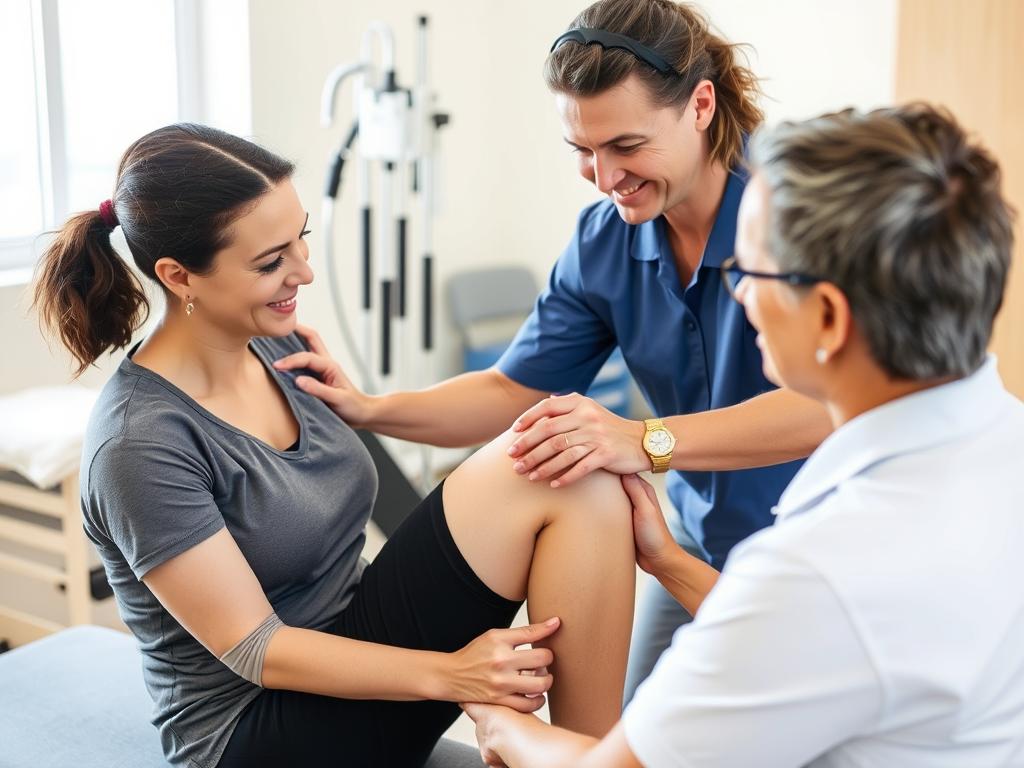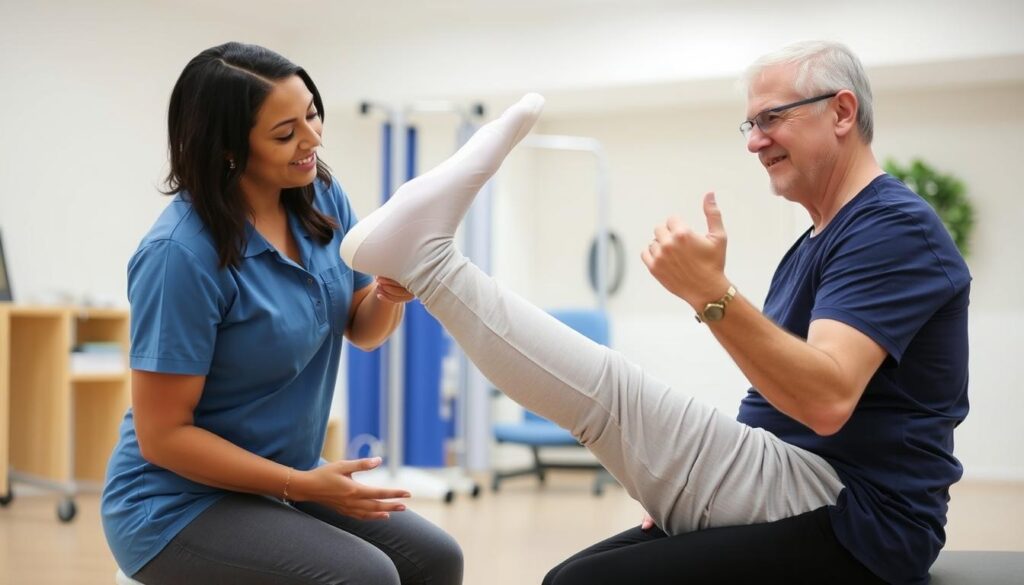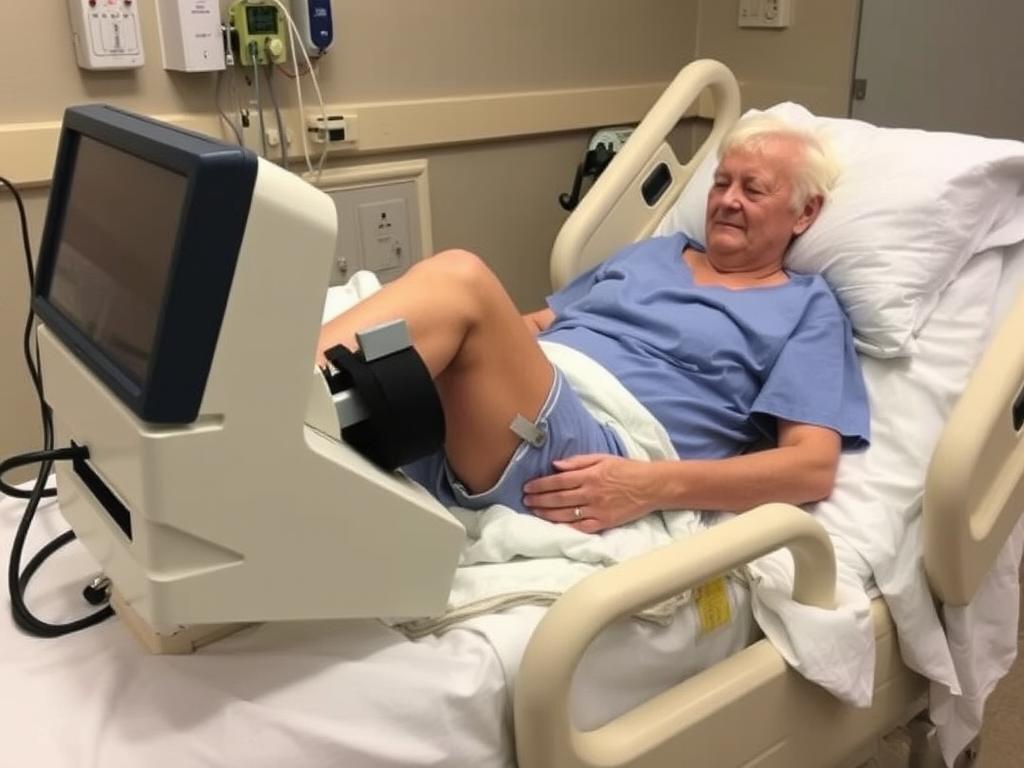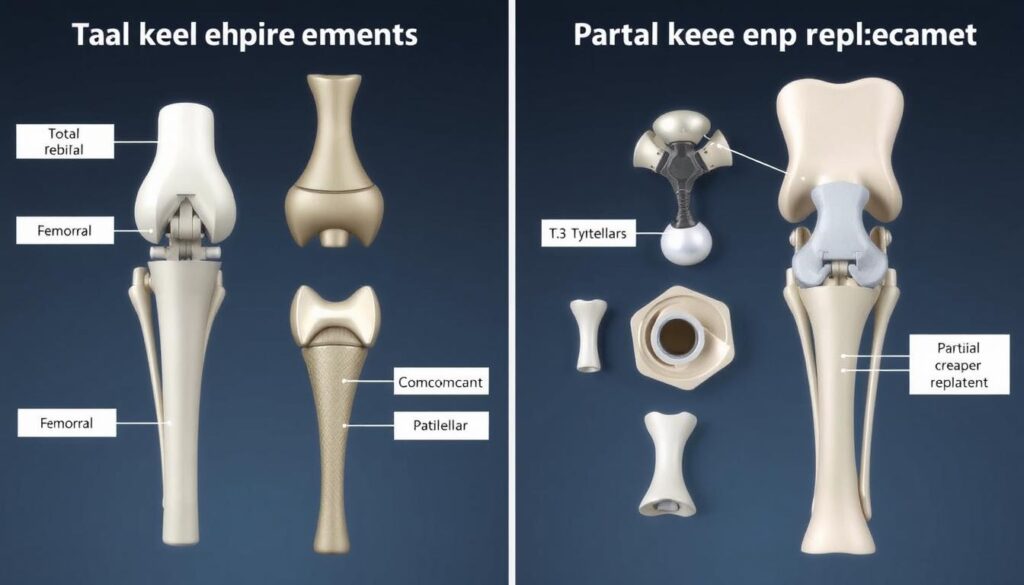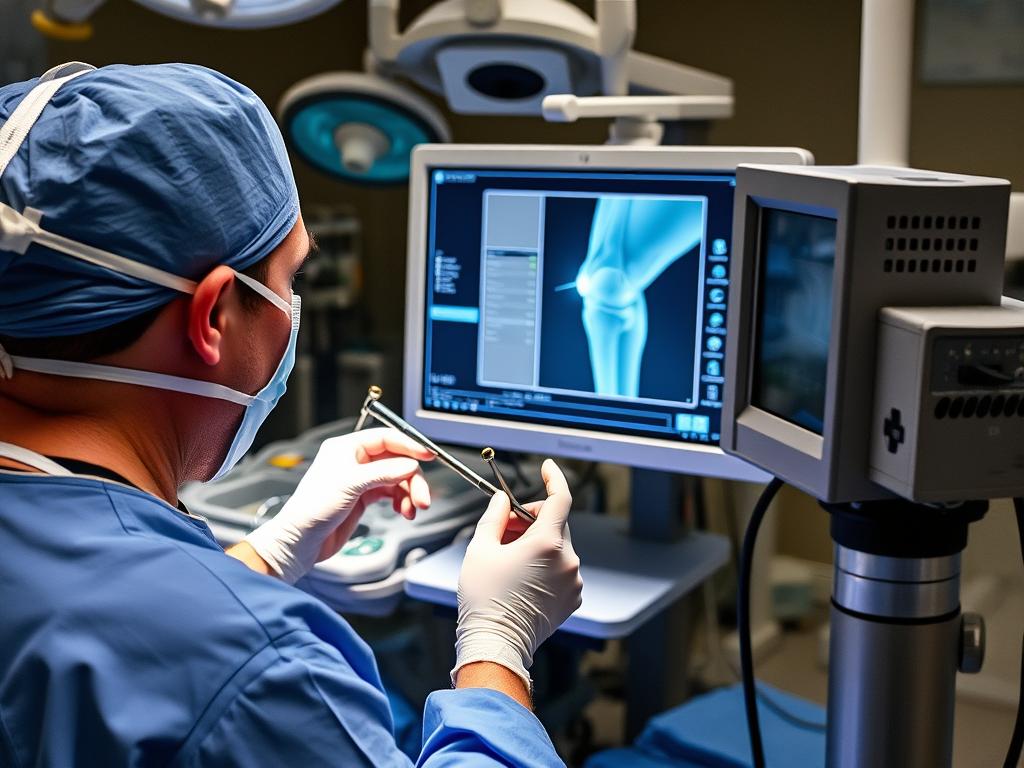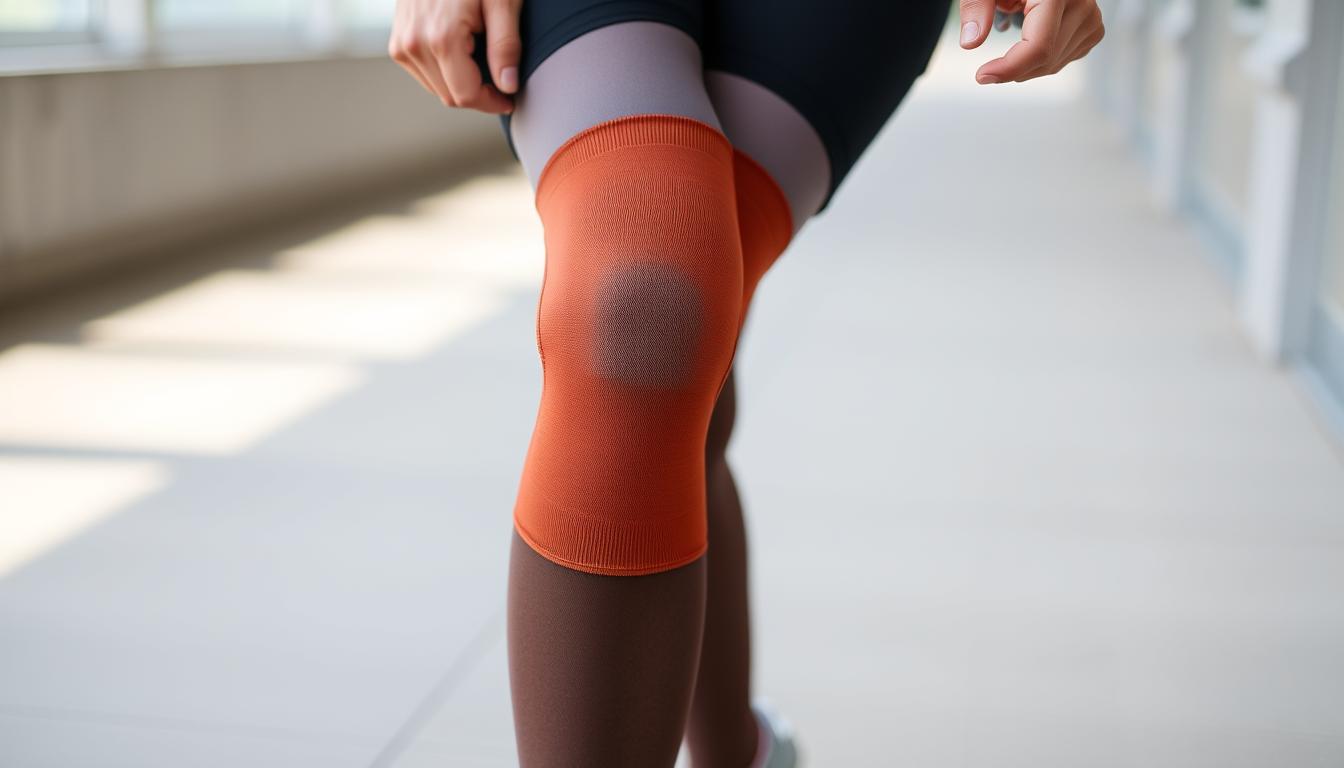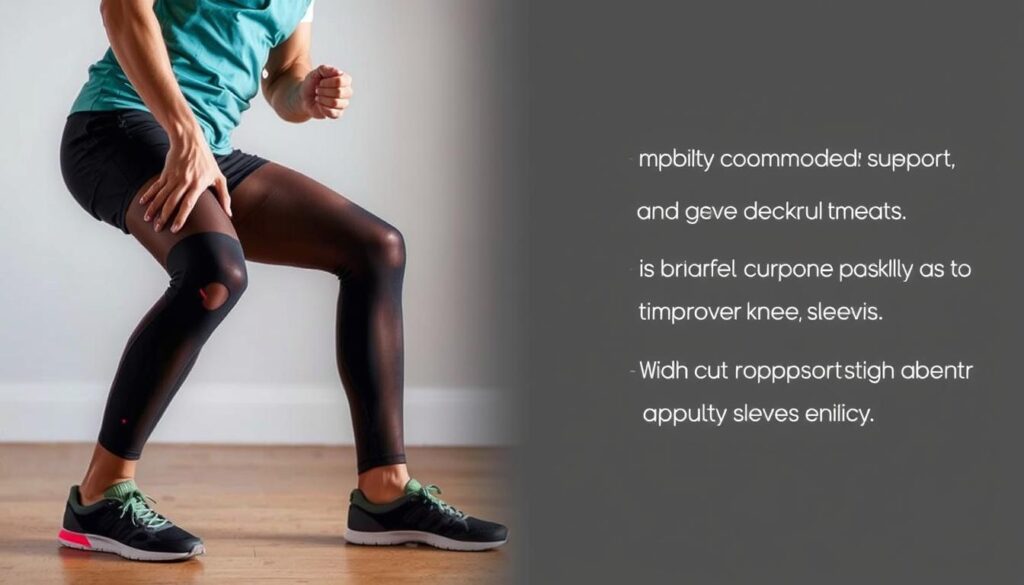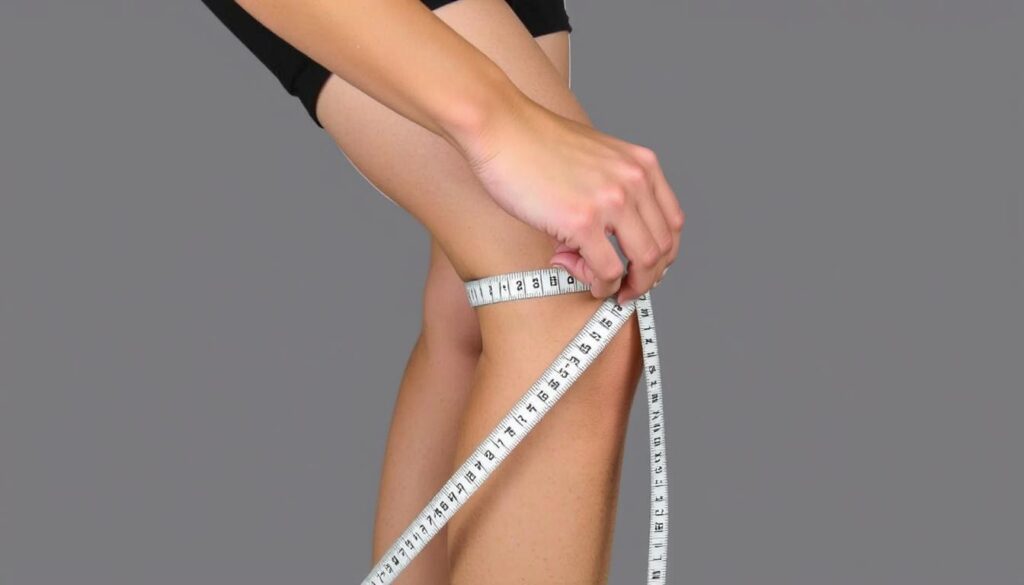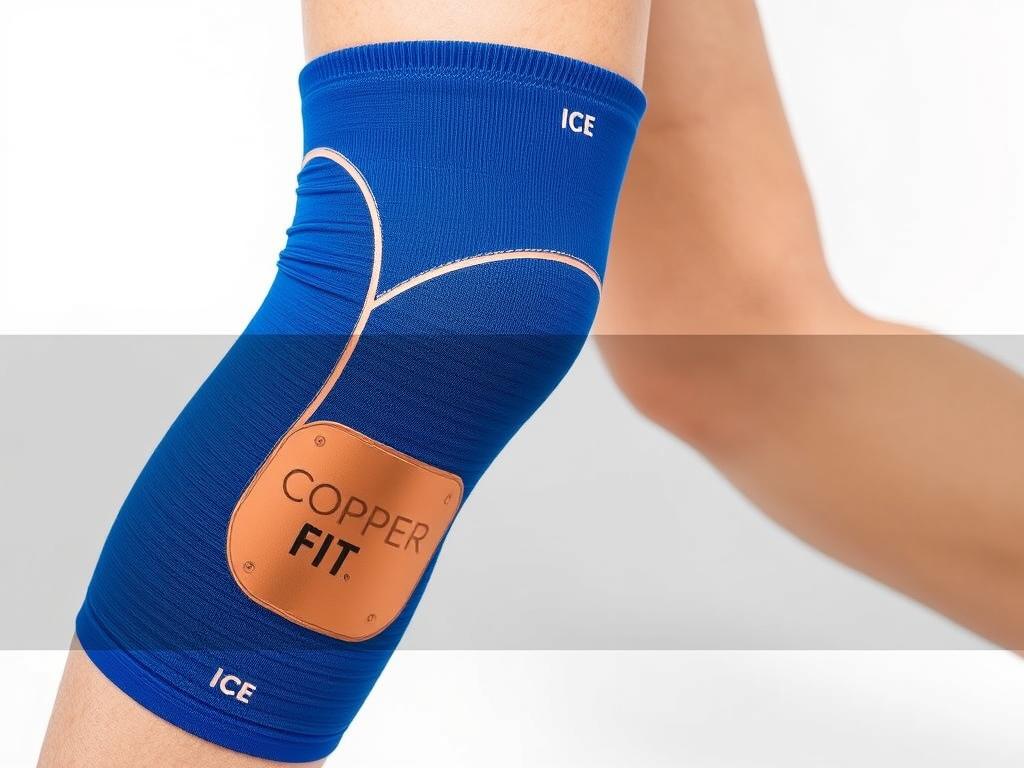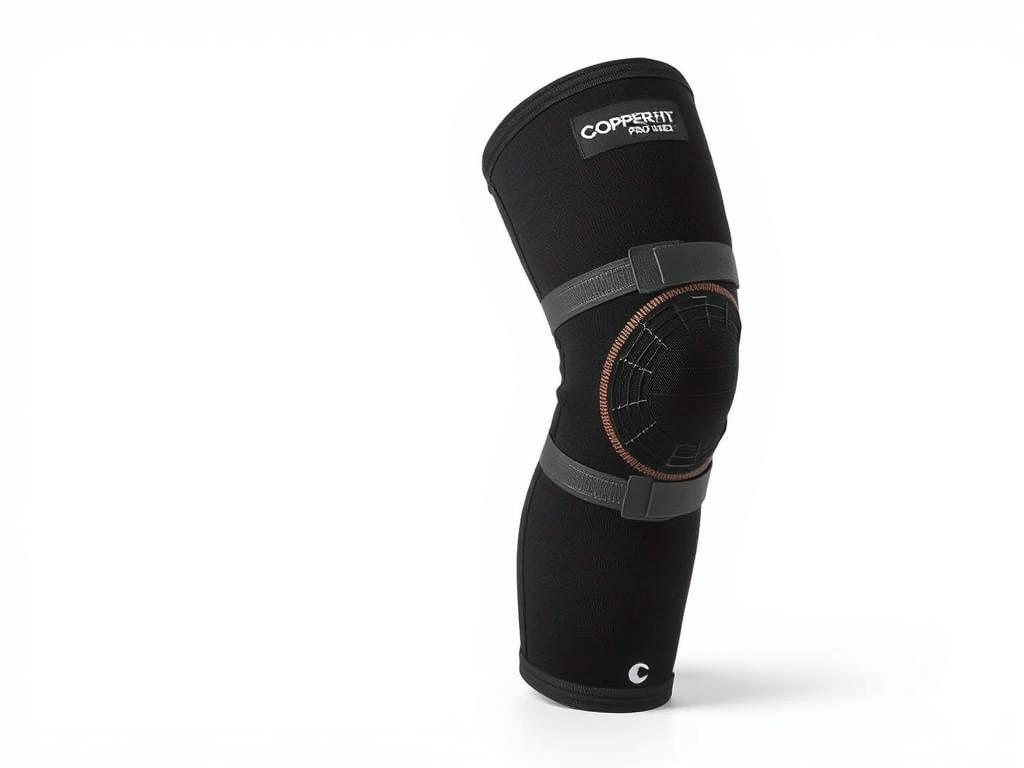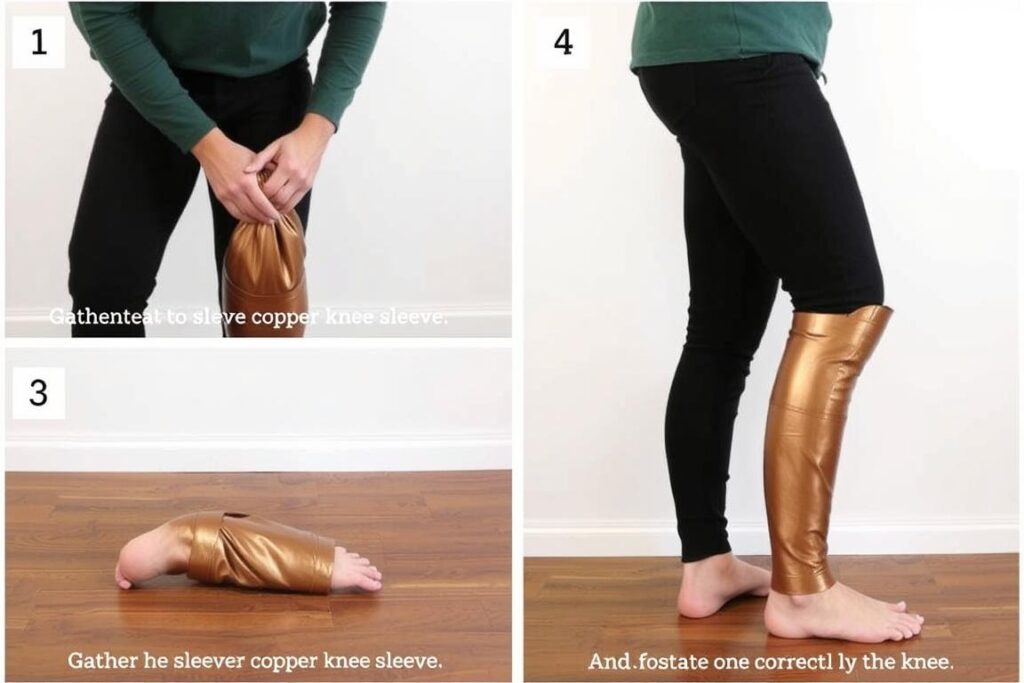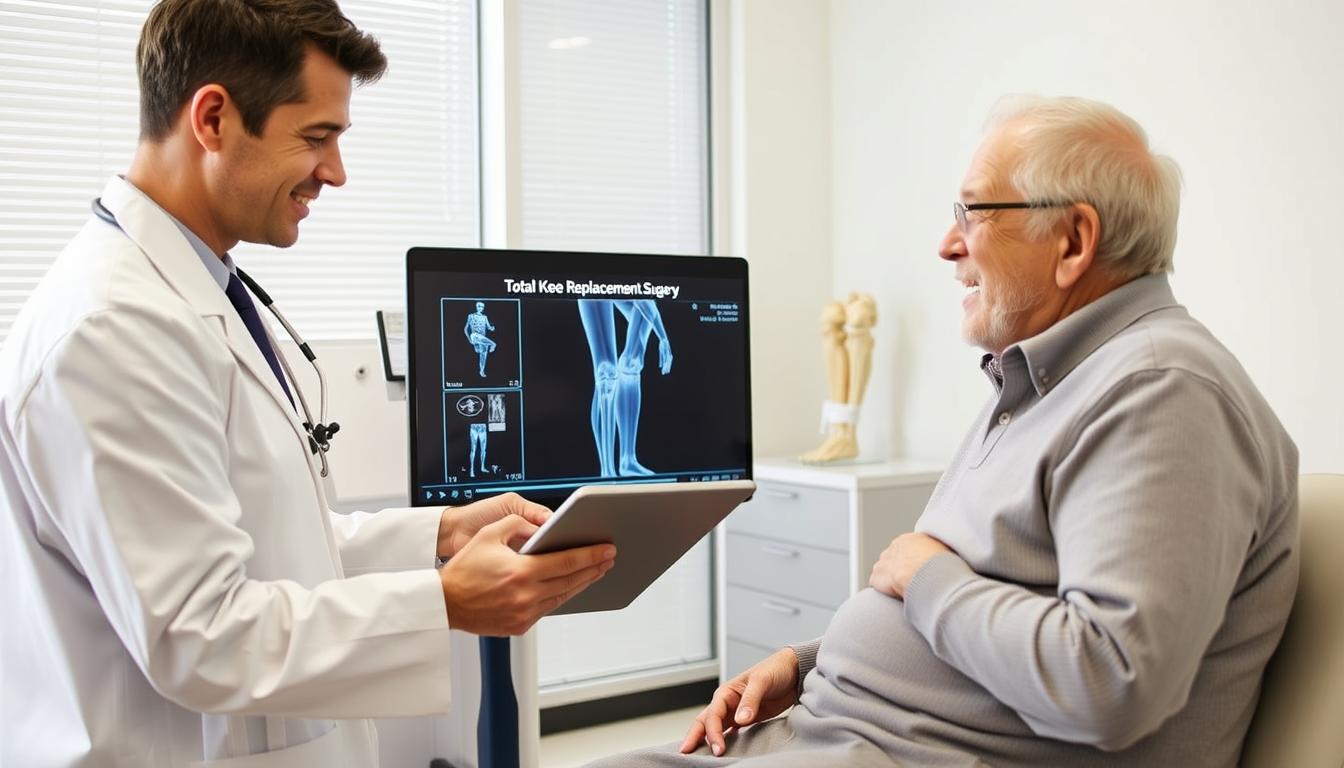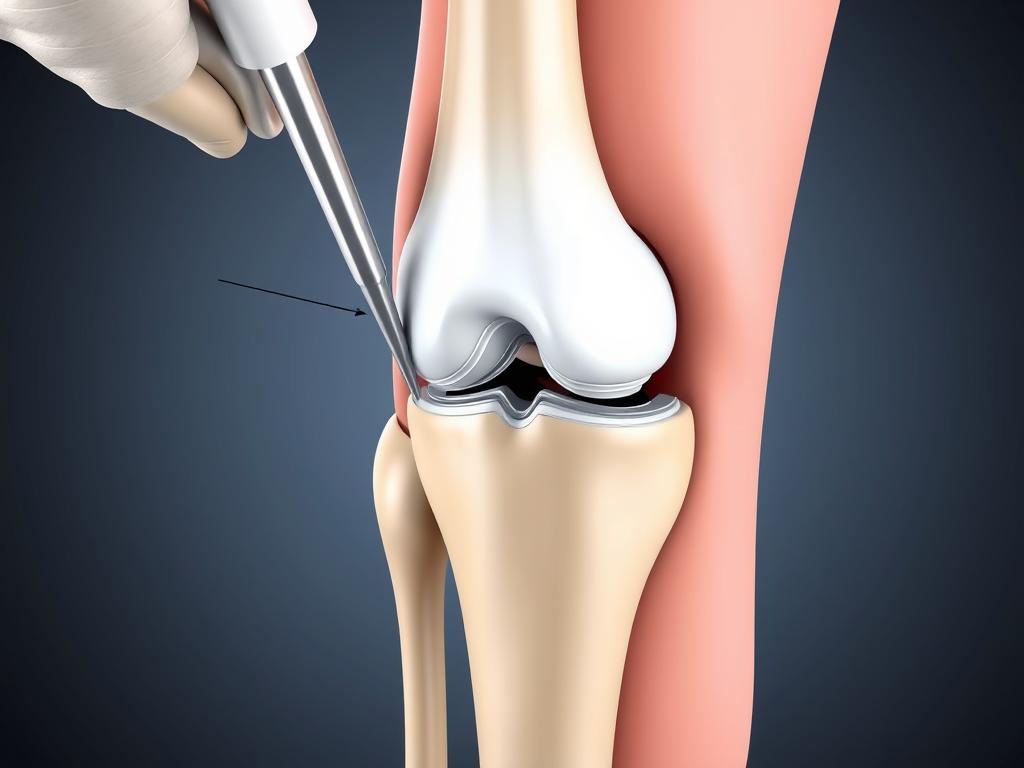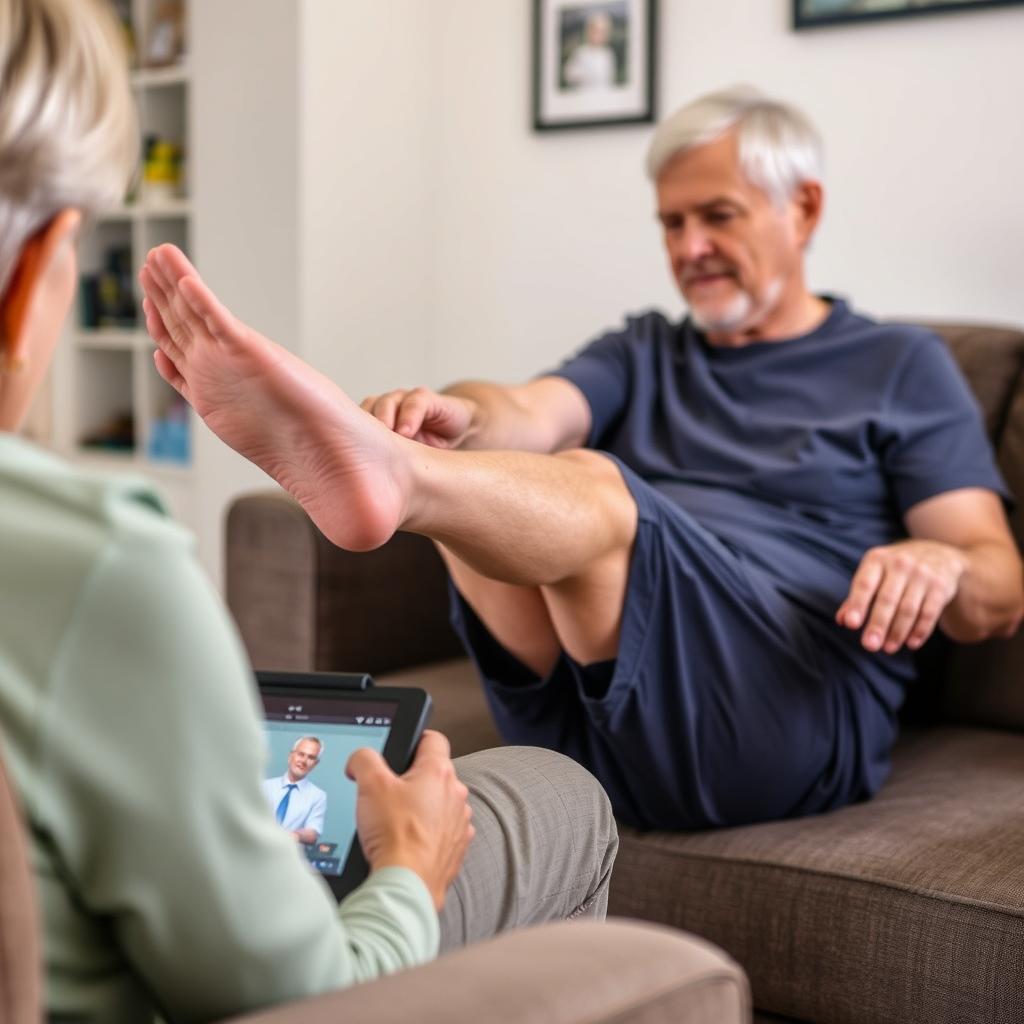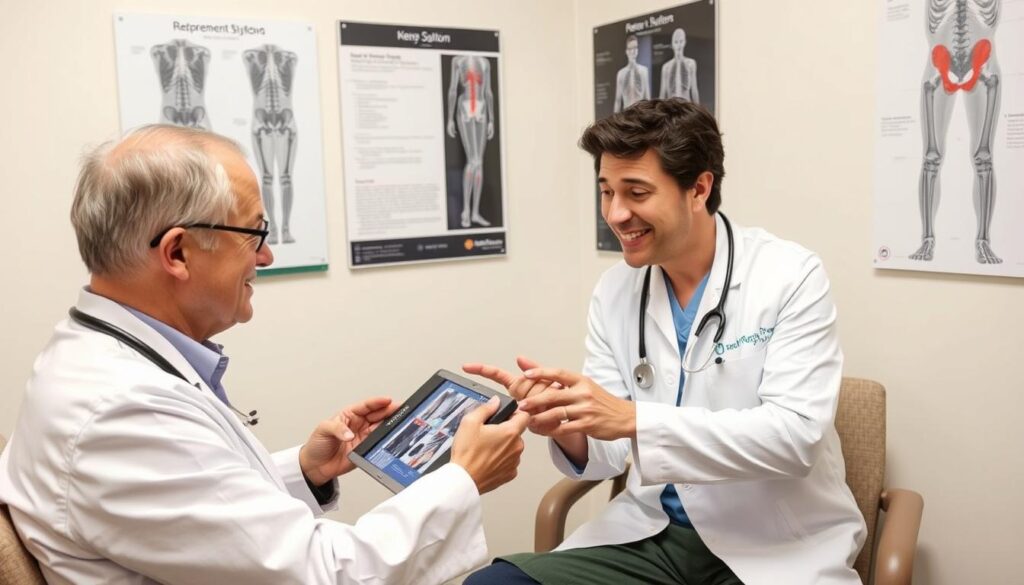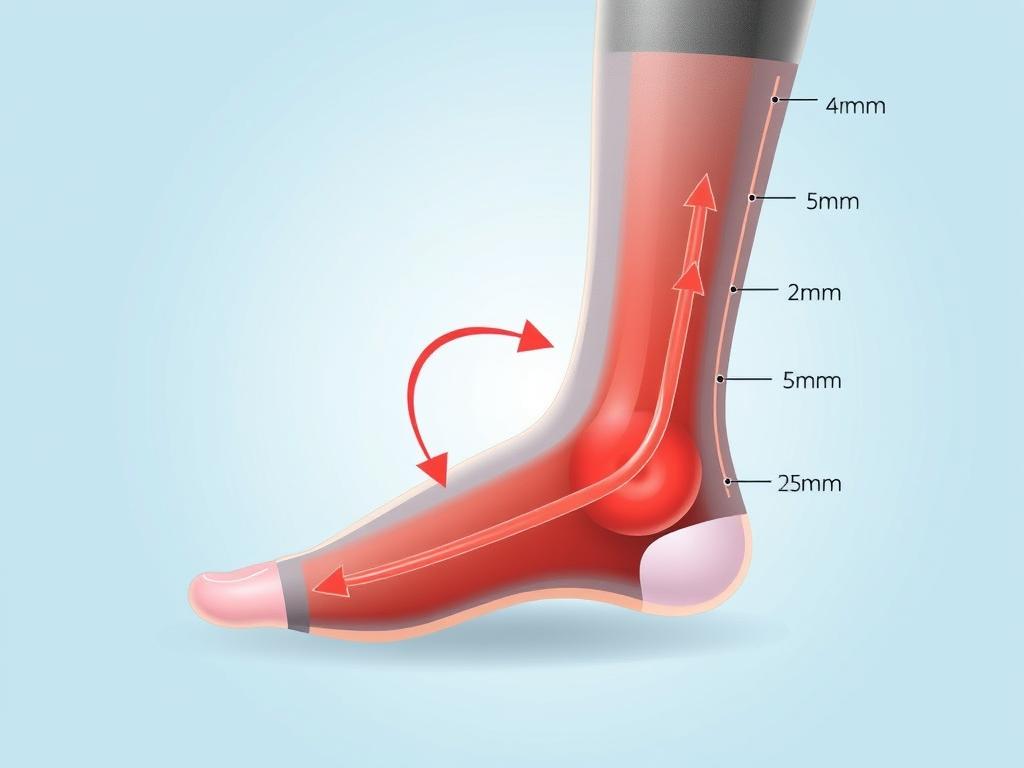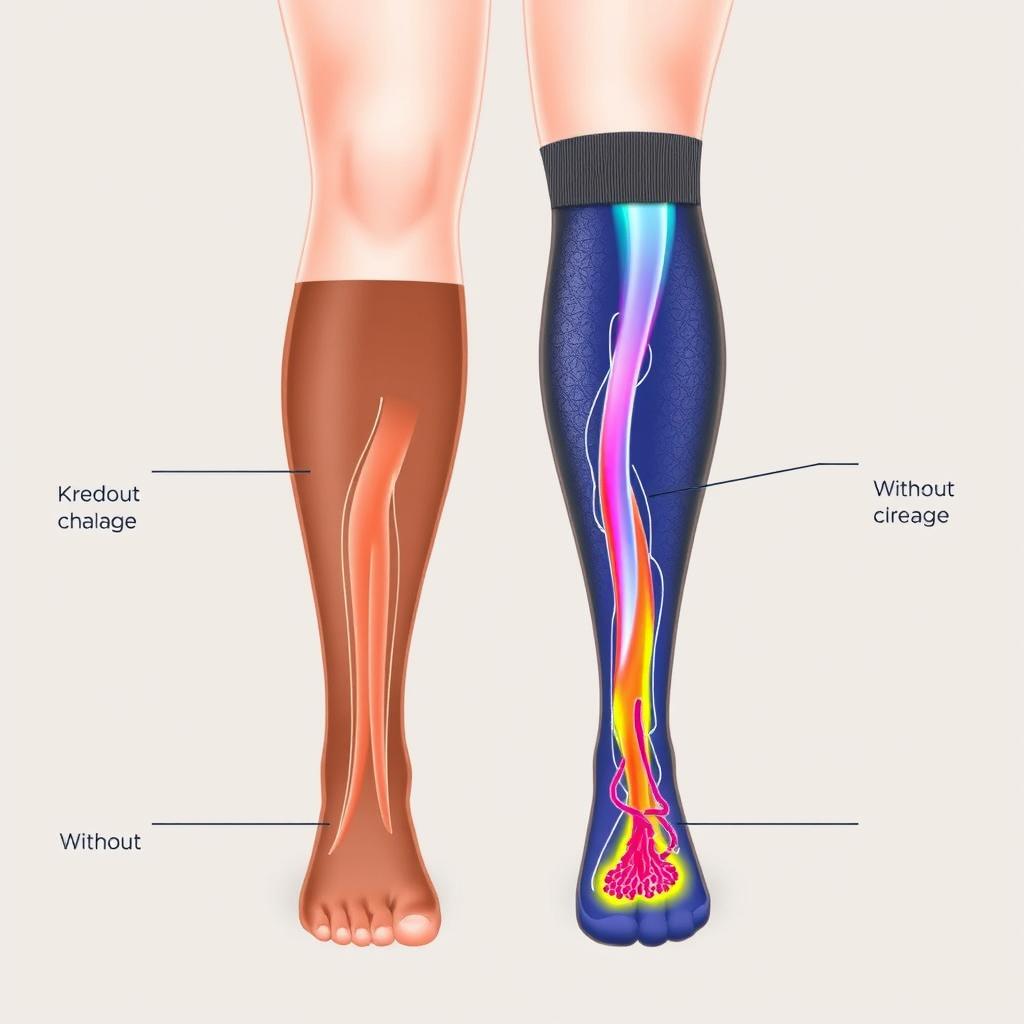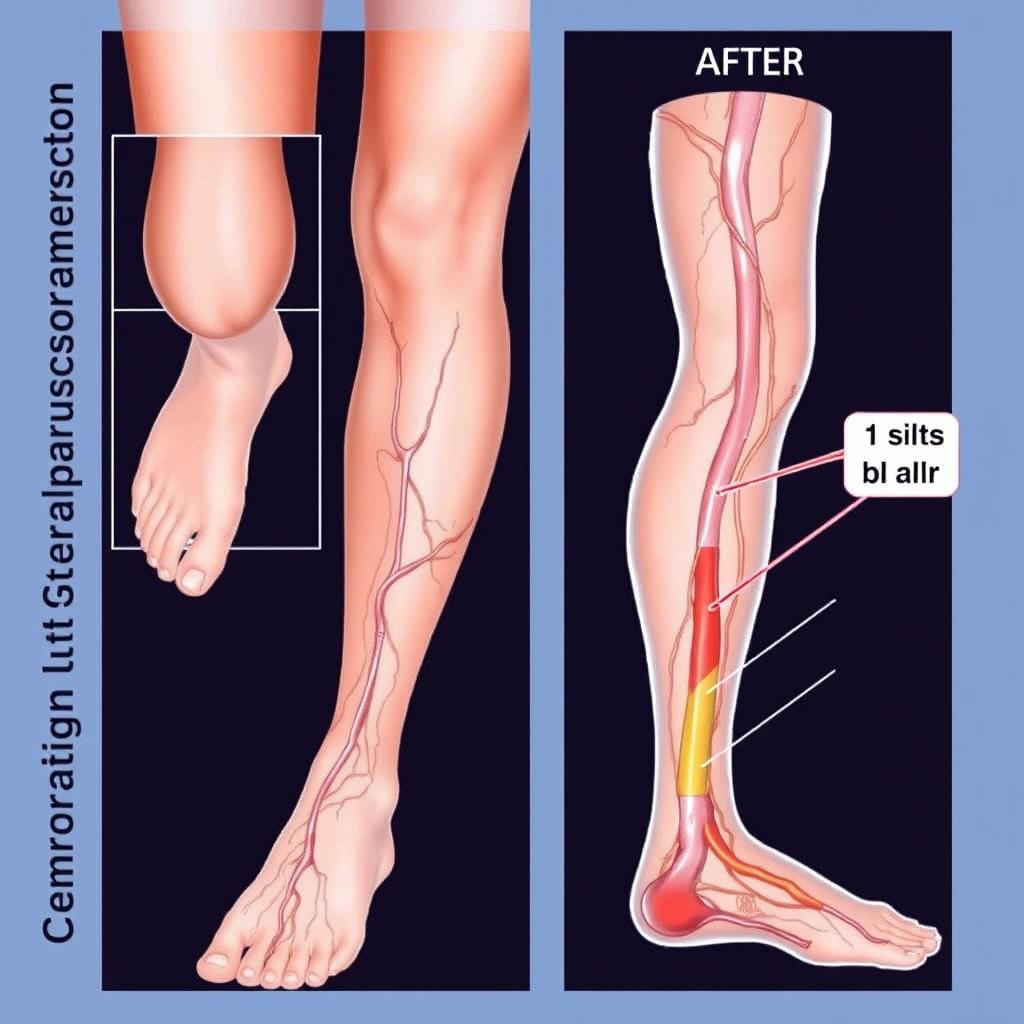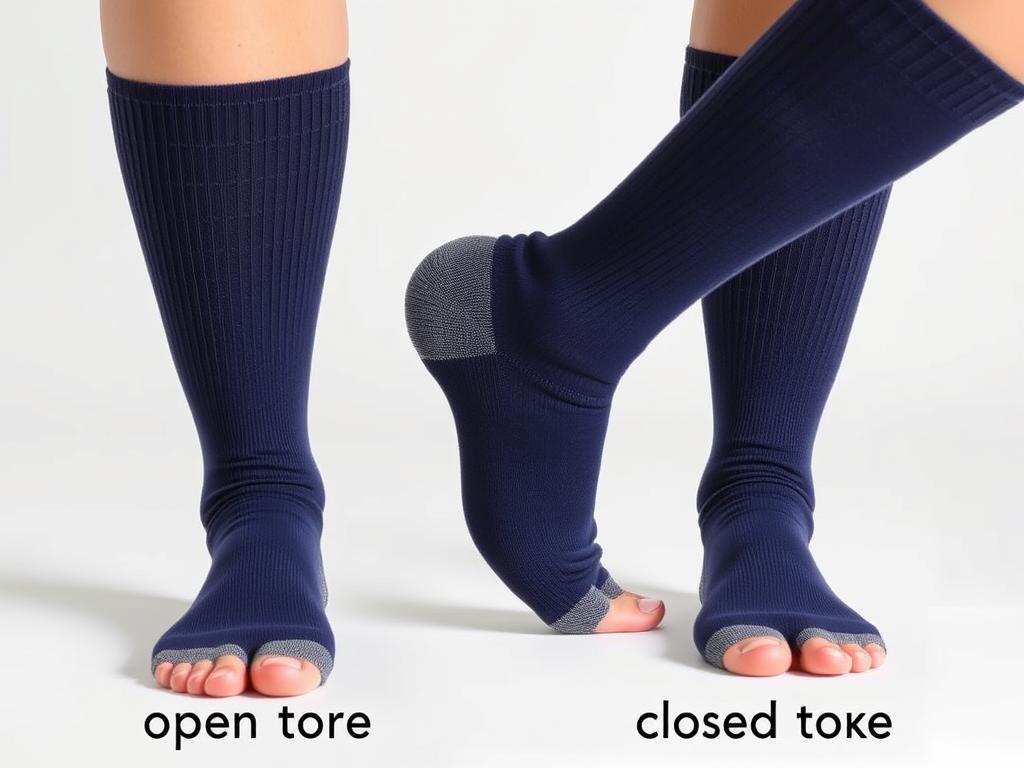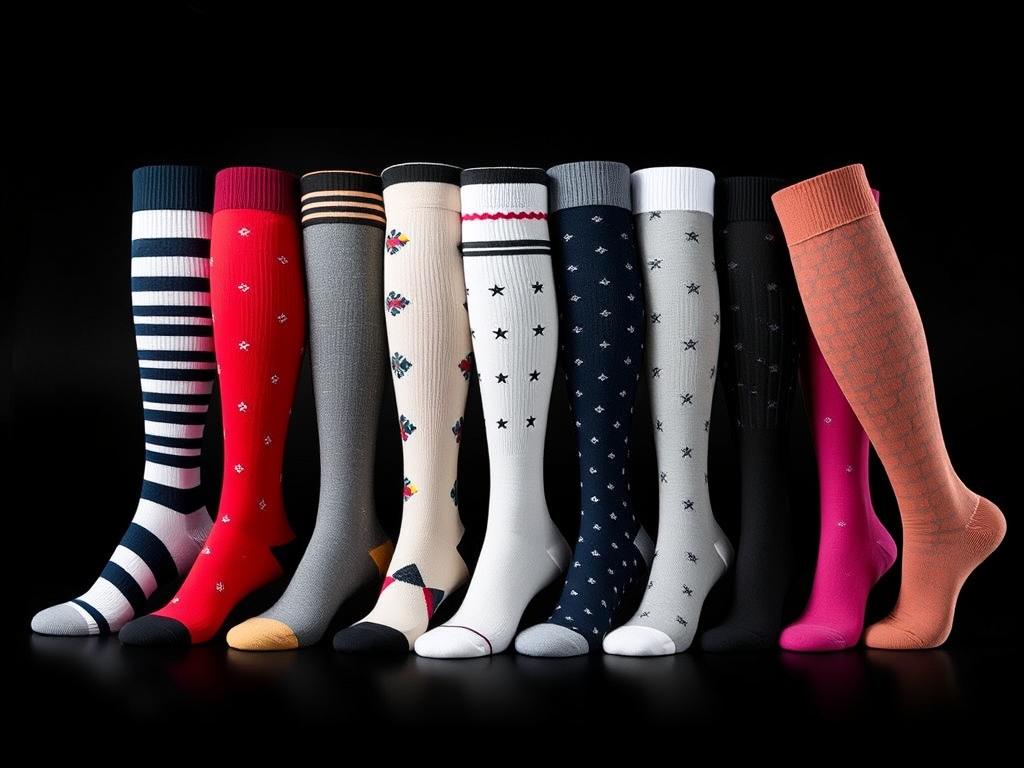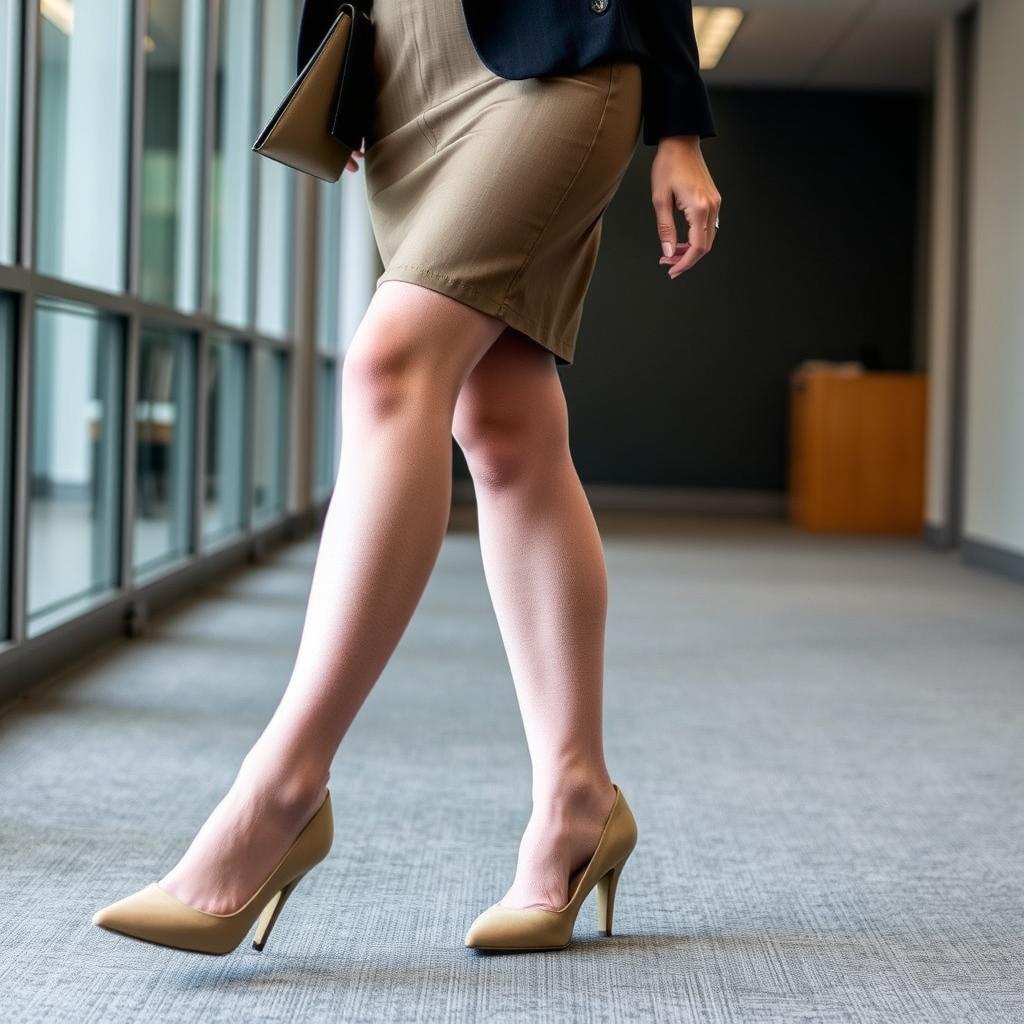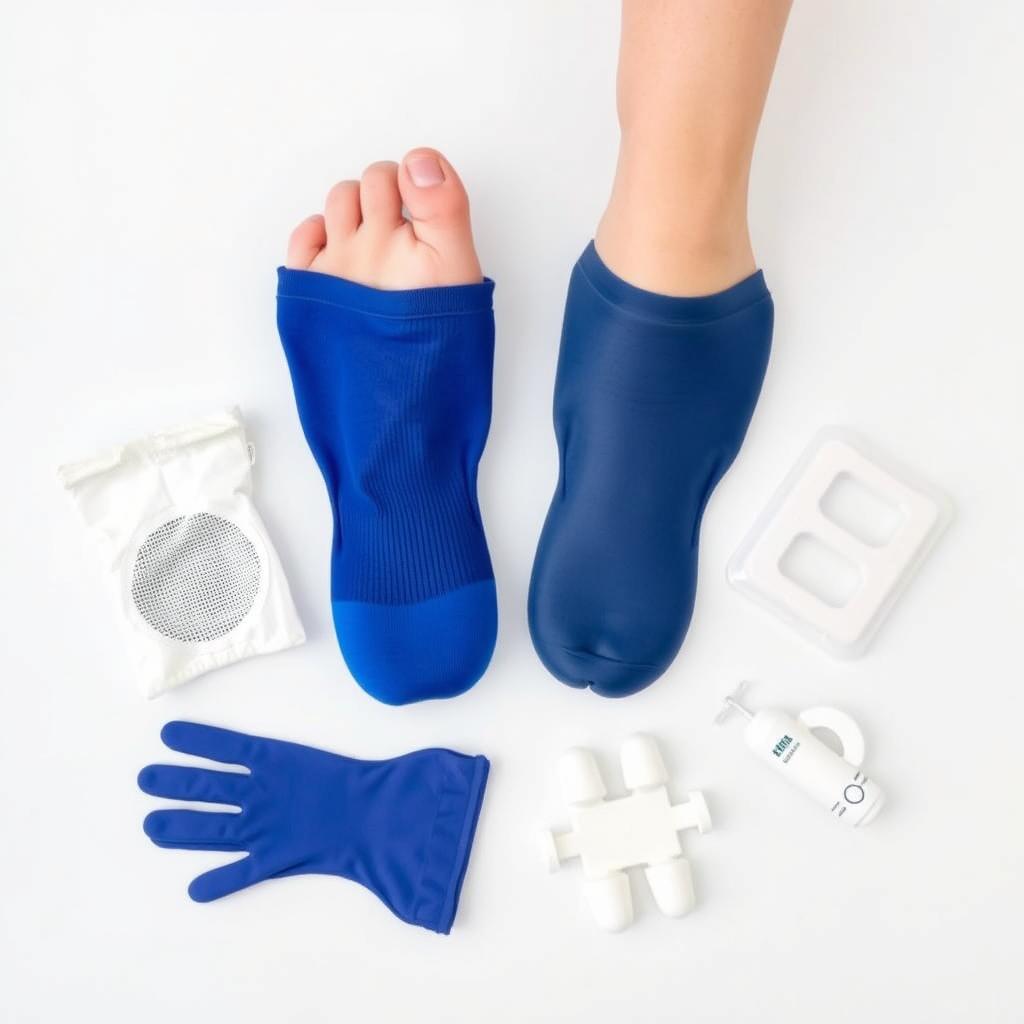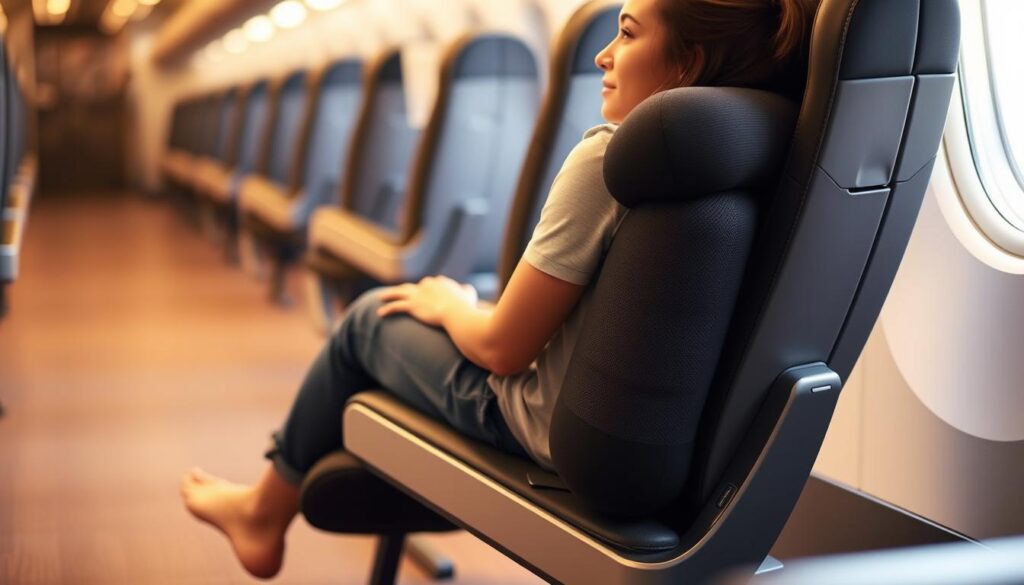This comprehensive Knee Brace Selection Guide By Condition will help you navigate the various types of knee braces and match them to specific knee conditions. We’ll explore how different designs address particular issues and provide practical advice for making an informed decision about which knee support is best suited for your unique needs.
Different types of knee braces designed for specific conditions and levels of support
Understanding Different Types of Knee Braces
Before diving into specific conditions, it’s important to understand the main categories of knee braces available and what they’re designed to do. Each type offers different levels of support, stability, and compression based on the severity and nature of your knee condition.
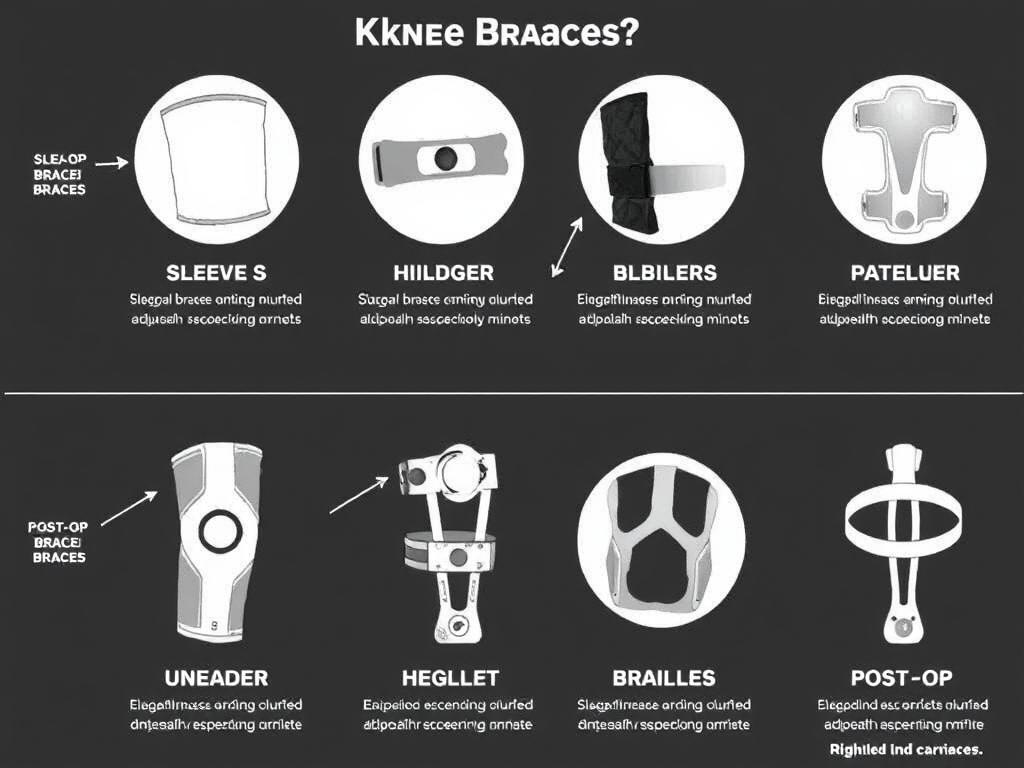
Sleeve/Compression Braces
Lightweight, elastic supports that provide mild compression and warmth. These are ideal for minor pain, swelling, and stability issues.

Hinged Knee Braces
Feature metal or plastic hinges on both sides of the knee for moderate to maximum support and stability, particularly for ligament injuries.
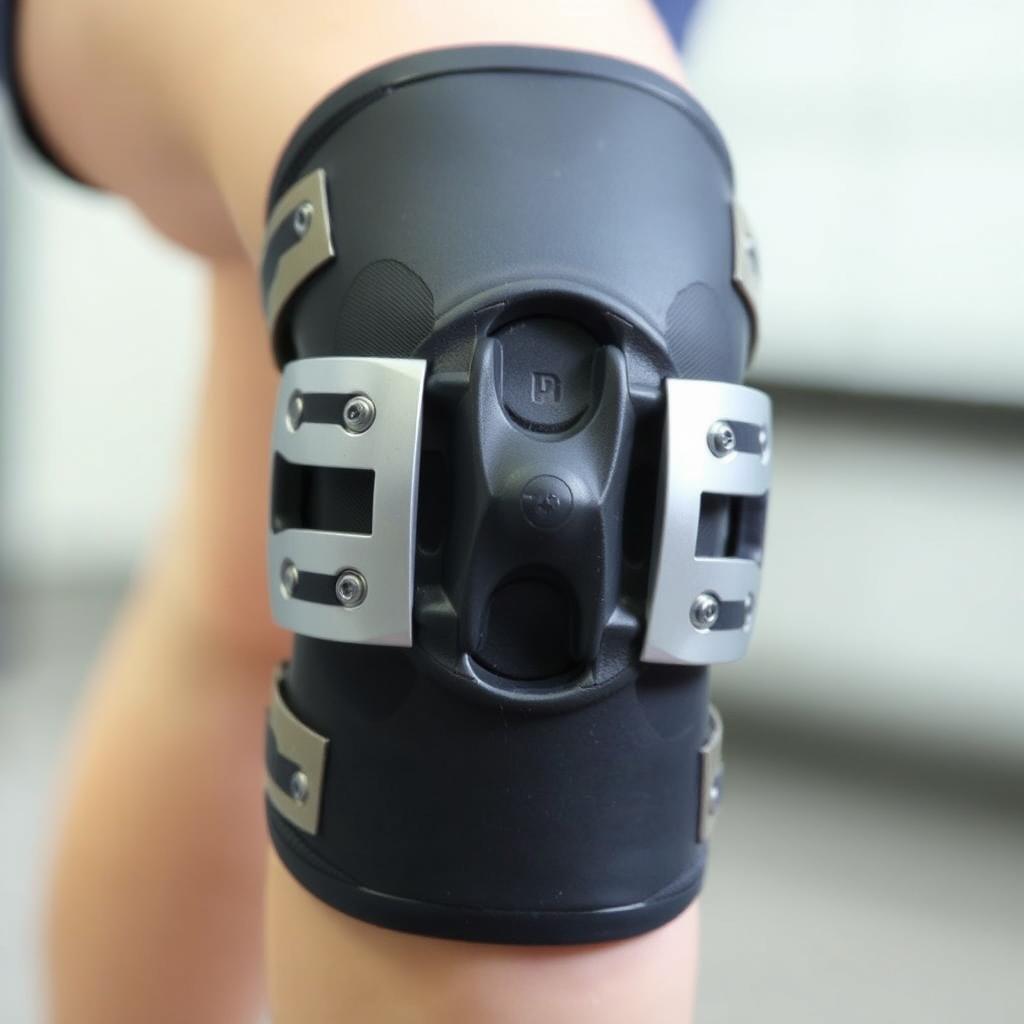
Unloader/Offloader Braces
Designed to shift weight away from the damaged part of the knee, these are primarily used for arthritis and meniscus injuries.

Patella Stabilizers
Feature a hole or supportive padding around the kneecap to keep it properly aligned and reduce pain from patellofemoral issues.

Knee Straps
Narrow bands worn below the kneecap to relieve pressure on the patellar tendon, commonly used for jumper’s knee or runner’s knee.
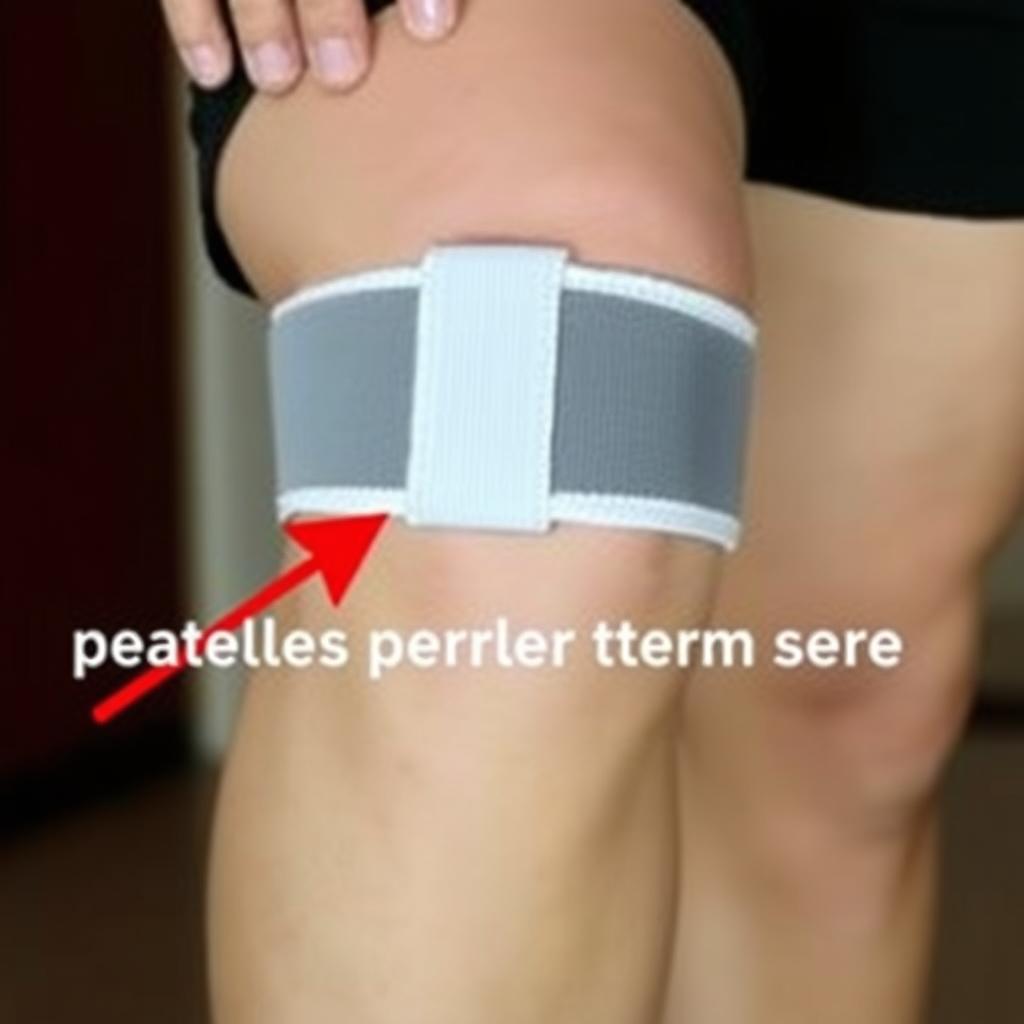
Post-Op/Immobilizers
Rigid braces that restrict movement after surgery or serious injury, often with adjustable range-of-motion settings.
Knee Brace Selection Guide By Condition
Different knee conditions require specific types of support. This section breaks down common knee problems and matches them with the most appropriate brace types, features, and example products.
| Condition | Recommended Brace Type | Key Features | Example Products |
| Mild to Moderate Osteoarthritis | Unloader/Offloader Brace | Three-point pressure system, adjustable hinges, comfortable padding | Bauerfeind GenuTrain OA, DonJoy OA Fullforce, Ossur Unloader One |
| Severe Osteoarthritis | Custom Unloader Brace | Custom-fitted frame, adjustable unloading mechanism, durable construction | DonJoy OA Defiance, Breg Fusion OA Plus, Ossur CTi OA |
| ACL Injury/Recovery | Hinged Brace with ACL Support | Bilateral hinges, four-point leverage system, anti-rotation straps | DonJoy Armor, Breg Fusion, Ossur CTi Ligament |
| MCL/LCL Sprains | Hinged Brace | Medial/lateral support, adjustable straps, flexible hinges | DonJoy Playmaker II, Bauerfeind GenuTrain S, Mueller Hinged Brace |
| Meniscus Tears | Hinged Compression Brace | Moderate compression, hinged support, comfortable fit | DonJoy Deluxe Hinged, Shock Doctor Ultra Knee Support, McDavid 429X |
| Patellofemoral Pain Syndrome | Patella Stabilizer | Patella opening, stabilizing straps, compression material | Bauerfeind GenuTrain P3, DonJoy Tru-Pull Advanced, Breg PTO |
| Patellar Tendonitis (Jumper’s Knee) | Knee Strap | Targeted pressure pad, adjustable tension, comfortable band | Bauerfeind GenuPoint, Cho-Pat Dual Action, Pro-Tec Patellar Tendon |
| General Knee Pain/Mild Instability | Compression Sleeve | Graduated compression, lightweight material, moisture-wicking fabric | Bauerfeind GenuTrain, Copper Fit, McDavid Compression Sleeve |
| Post-Surgery Recovery | Post-Op/ROM Brace | Adjustable ROM settings, lockout capability, length adjustment | DonJoy TROM, Breg T Scope Premier, Ossur Rebound Post-Op |
Not Sure Which Knee Brace Is Right For You?
Our knee specialists can help determine the best brace for your specific condition and activity level. Get personalized recommendations from certified professionals.
Best Knee Braces for Osteoarthritis
Osteoarthritis (OA) is one of the most common knee conditions requiring brace support. The right brace can significantly reduce pain by unloading pressure from the affected compartment of the knee.

How Unloader Braces Work for Osteoarthritis
Unloader braces are designed to shift weight away from the damaged part of the knee joint. For medial compartment OA (most common), the brace applies pressure to the outer side of the knee, reducing load on the inner portion. For lateral compartment OA, the opposite approach is used.
For Mild to Moderate OA:
- Sleeve-style unloader braces with flexible supports
- Provides moderate unloading with greater comfort
- Suitable for daily activities and light exercise
- Less bulky and more discreet under clothing
For Severe OA:
- Rigid-frame unloader braces with adjustable tension
- Maximum unloading capability for significant pain relief
- Sturdy construction for longer durability
- Better suited for more active individuals
Recommended Product: Bauerfeind GenuTrain OA
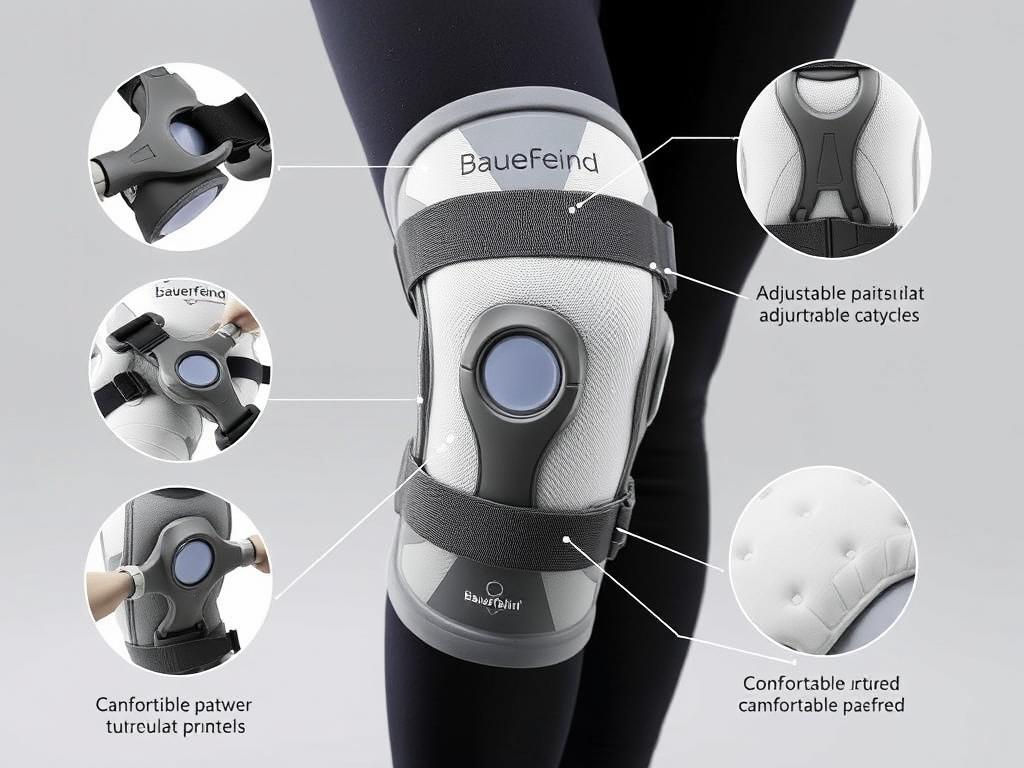
The GenuTrain OA combines the comfort of a sleeve with effective unloading technology. Its innovative boa cable system provides adjustable pressure to relieve pain in either the medial or lateral compartment of the knee.
- Targeted relief for either inner or outer knee compartment
- Comfortable, breathable knit material
- Easy-to-use adjustment dial for customized pressure
- Lightweight design for all-day wear
Best Knee Braces for ACL Injuries
Anterior Cruciate Ligament (ACL) injuries require specialized support to prevent excessive forward movement of the tibia relative to the femur. Whether you’re recovering from surgery or managing a partial tear conservatively, the right brace is essential.

Key Features of ACL Braces
ACL braces use a four-point leverage system to control tibial translation and rotation. These braces typically feature rigid frames with bilateral hinges and specialized strapping systems.
For Post-Surgery Protection:
- Rigid-frame braces with precise fit
- Adjustable range-of-motion stops
- Anti-rotation straps for maximum stability
- Durable construction for long-term recovery
For Return to Activity:
- Lightweight, low-profile designs
- Sport-specific features for agility
- Moisture-wicking liners for comfort during activity
- Impact-resistant materials
Recommended Product: DonJoy Armor ACL Knee Brace

The DonJoy Armor is considered the gold standard for ACL protection. Its aircraft-grade aluminum frame and FourcePoint hinge technology provide exceptional stability while allowing controlled movement.
- Four-point leverage system prevents anterior tibial translation
- FourcePoint hinge gradually engages to protect the ACL
- Swiveling strap tabs for comfortable fit during movement
- Available in standard and custom-fitted options
Best Knee Braces for Meniscus Injuries
Meniscus tears are common knee injuries that can benefit from proper bracing. The right brace provides compression and stability while allowing appropriate movement during the healing process.
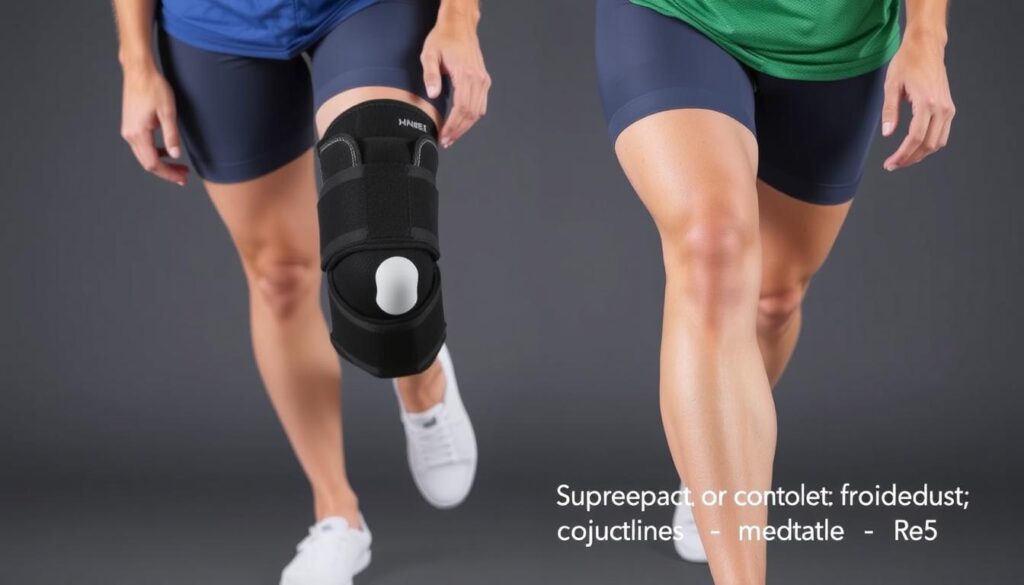
How Braces Help Meniscus Tears
Braces for meniscus injuries provide moderate compression to reduce swelling while offering lateral stability to prevent twisting movements that could worsen the tear. Hinged designs are particularly effective as they allow controlled flexion and extension.
For Acute Meniscus Tears:
- Hinged braces with moderate compression
- Adjustable straps for customized fit
- Lateral support to prevent rotation
- Open patella design to reduce pressure
For Chronic Meniscus Issues:
- Lighter compression sleeves with flexible supports
- Breathable materials for all-day comfort
- Silicone padding around the joint line
- Easy-to-wear designs for daily use
Recommended Product: DonJoy Deluxe Hinged Knee Brace
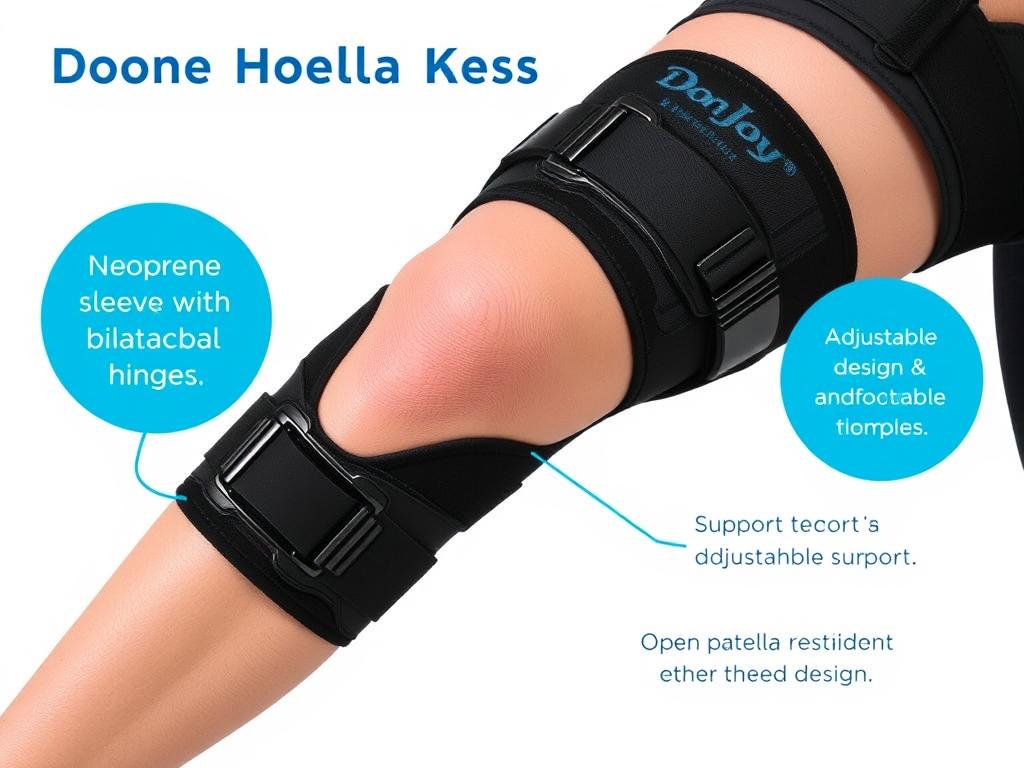
The DonJoy Deluxe Hinged Knee Brace combines compression with lateral stability, making it ideal for meniscus injuries. Its bilateral hinges prevent harmful movements while allowing normal flexion and extension.
- Neoprene sleeve provides therapeutic warmth and compression
- Bilateral hinges prevent harmful lateral movements
- Open patella design reduces pressure on the kneecap
- Adjustable straps ensure a secure fit
Best Knee Braces for Patella Tracking Issues
Patellofemoral pain syndrome, patellar tracking disorder, and other kneecap-related conditions require specialized braces that focus on proper alignment of the patella within the femoral groove.
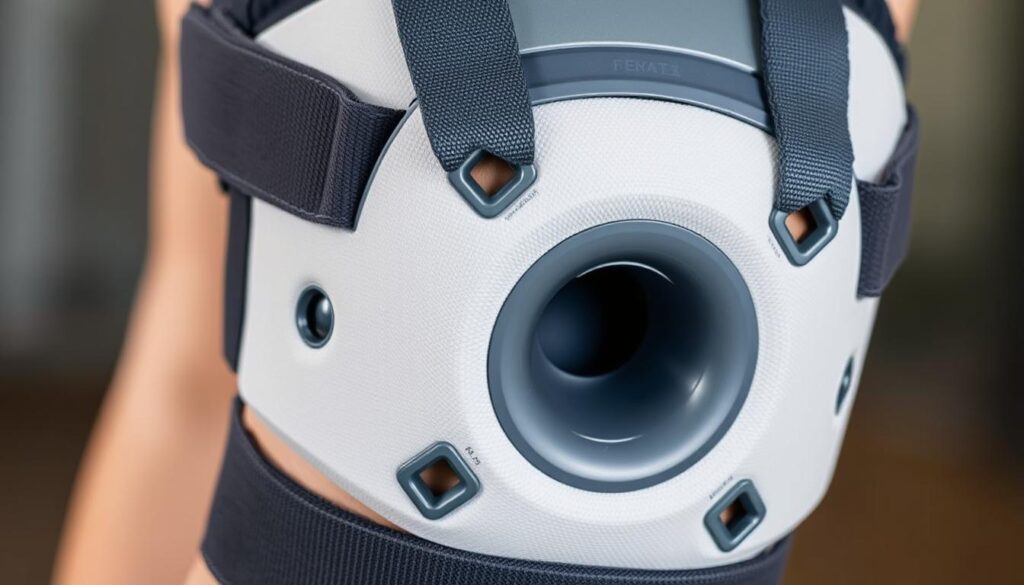
How Patella Stabilizers Work
Patella stabilizers use specialized padding, straps, or buttresses to guide the kneecap in proper alignment during movement. These braces typically feature an opening for the kneecap surrounded by supportive structures.
For Mild Tracking Issues:
- Compression sleeves with patella support
- J-shaped or C-shaped buttress around kneecap
- Lightweight materials for everyday use
- Minimal bulk for wear under clothing
For Severe Tracking Problems:
- Hinged braces with dynamic patella tracking systems
- Adjustable tension straps for customized realignment
- Rigid lateral supports to prevent dislocation
- Specialized designs for high-impact activities
Recommended Product: DonJoy Tru-Pull Advanced Patella Stabilizer
The DonJoy Tru-Pull Advanced uses an innovative strapping system to dynamically realign the patella during movement. Its semi-rigid cuffs and adjustable tension provide customized support for various patellofemoral conditions.
- Dynamic pulling system guides the patella into proper alignment
- Semi-rigid cuffs provide stability without restricting movement
- Adjustable tension for customized support
- Comfortable design for extended wear
Best Knee Braces for Patellar Tendonitis
Patellar tendonitis (jumper’s knee) and similar conditions affecting the patellar tendon respond well to specialized straps that apply targeted pressure to reduce strain on the tendon.
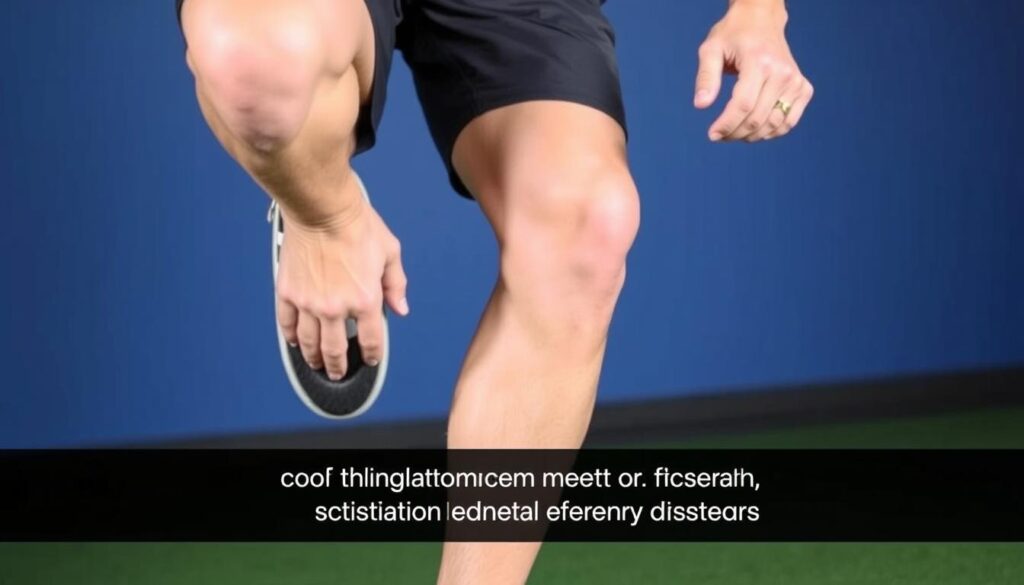
How Patellar Tendon Straps Work
Patellar tendon straps apply focused pressure just below the kneecap, which helps distribute forces away from the injured tendon. This reduces strain during activity and can significantly decrease pain.
For Acute Tendonitis:
- Firm straps with targeted pressure pads
- Adjustable tension for customized compression
- Non-slip design for active use
- Comfortable materials for all-day wear
For Prevention/Maintenance:
- Lighter straps with moderate compression
- Breathable, moisture-wicking materials
- Low-profile designs for use during sports
- Durable construction for repeated use
Recommended Product: Bauerfeind GenuPoint Knee Strap
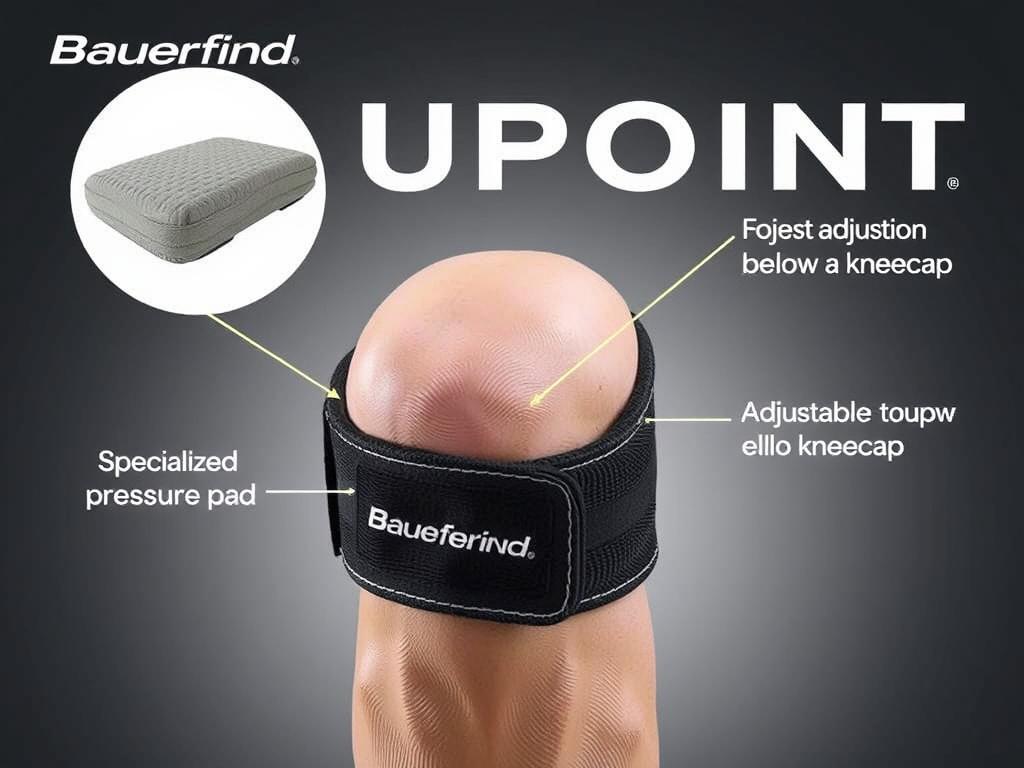
The Bauerfeind GenuPoint features a viscoelastic pressure pad that applies targeted compression to the patellar tendon. Its adjustable strap and comfortable design make it ideal for both athletic activities and daily wear.
- Viscoelastic pressure pad for targeted relief
- Adjustable strap for customized compression
- Breathable, moisture-wicking material
- Low-profile design fits under clothing
Best Knee Braces for Post-Surgery Recovery
After knee surgery, specialized braces help protect the surgical site, control range of motion, and provide stability during the healing process. These braces are typically prescribed by your surgeon as part of your recovery protocol.
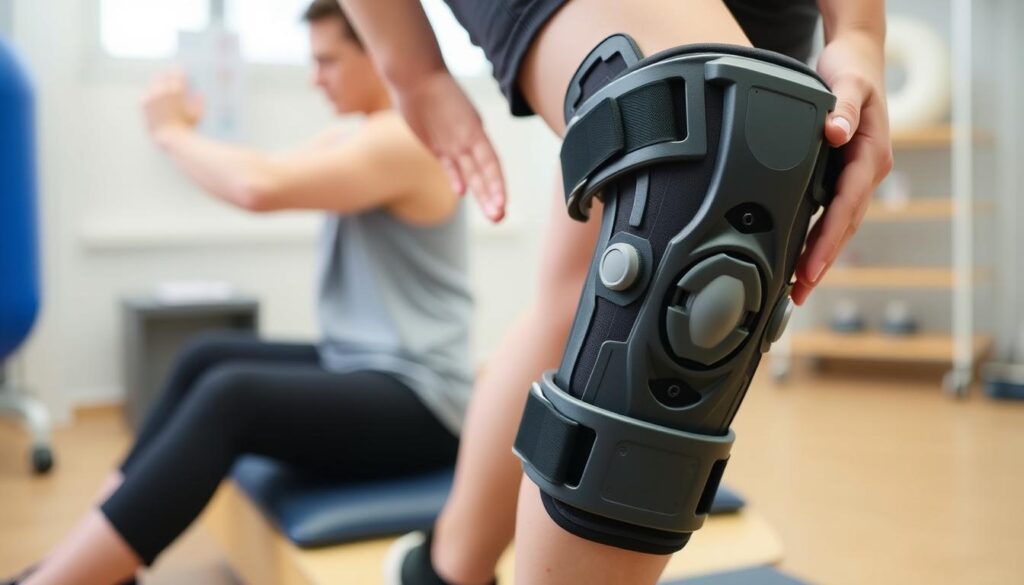
Features of Post-Operative Knee Braces
Post-op braces typically feature adjustable hinges that can limit flexion and extension based on your surgeon’s protocol. They provide rigid support while allowing controlled movement as your recovery progresses.
For Initial Recovery Phase:
- Full-length rigid supports for maximum stability
- Lockable hinges to prevent unwanted movement
- Easy-to-adjust ROM settings
- Quick-release buckles for easy application
For Rehabilitation Phase:
- Gradually increased range-of-motion settings
- Lighter materials for improved comfort
- Breathable padding for extended wear
- Telescoping frame for custom fit
Recommended Product: DonJoy TROM Advance Post-Op Knee Brace
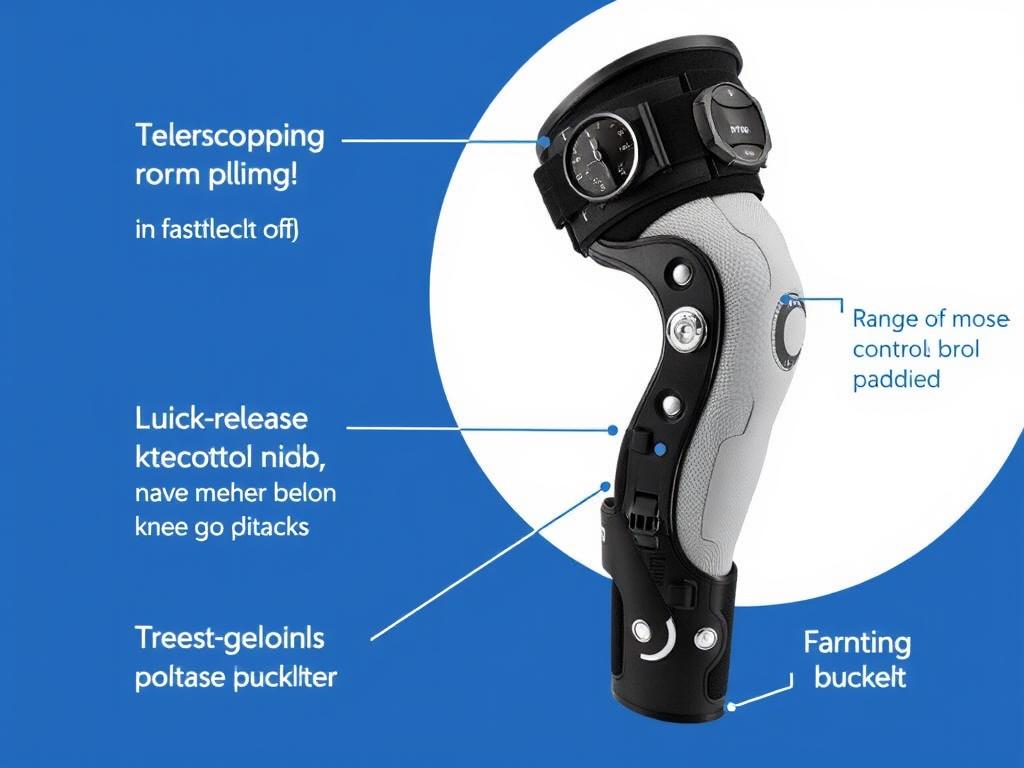
The DonJoy TROM Advance features telescoping uprights and adjustable ROM settings to accommodate your specific recovery protocol. Its quick-release buckles and comfortable padding make it easy to use during the healing process.
- Adjustable extension and flexion stops in 10° increments
- Drop-lock feature for complete immobilization when needed
- Telescoping frame fits a wide range of leg lengths
- Quick-release buckles for easy application and removal
Step-by-Step Knee Brace Buying Guide
Finding the right knee brace involves more than just matching it to your condition. Consider these important factors to ensure you select a brace that provides optimal support and comfort for your specific needs.

- Consult with a healthcare professionalBefore purchasing a knee brace, consult with your doctor, physical therapist, or orthopedic specialist to determine the most appropriate type for your specific condition.
- Assess your pain and instability levelThe severity of your symptoms will help determine the level of support needed. Mild pain may only require a compression sleeve, while significant instability might necessitate a hinged or unloader brace.
- Consider your activity levelDifferent activities place different demands on your knee. A brace for daily activities may differ from one needed for sports or heavy physical work.
- Get accurate measurementsProper sizing is crucial for effectiveness. Measure according to the manufacturer’s guidelines, typically around the center of the kneecap and at points above and below the knee.
- Evaluate material and constructionLook for durable materials that provide the right balance of support and comfort. Breathable fabrics are important for extended wear.
- Check for adjustability featuresAdjustable straps, tension systems, and range-of-motion settings allow for a more customized fit and function.
- Consider ease of useThe brace should be easy to put on and take off, especially if you have limited mobility or strength.
Need Help Finding the Right Size?
Our sizing experts can guide you through the measurement process and help you select the perfect fit for your knee brace.
Pro Tips for Knee Brace Selection and Use
Maximize the effectiveness of your knee brace with these expert recommendations and avoid common mistakes that could compromise your recovery or comfort.

“Many patients make the mistake of choosing a brace that’s too restrictive for their condition. While more support might seem better, excessive restriction can lead to muscle weakness and dependency. The ideal brace provides just enough support to protect the injured structures while allowing appropriate movement for rehabilitation.”
Common Mistakes to Avoid
Selection Mistakes:
- Choosing an overly rigid brace for mild conditions
- Selecting a brace without consulting a healthcare professional
- Prioritizing price over quality and proper function
- Buying the wrong size or not measuring correctly
- Selecting a brace not designed for your specific condition
Usage Mistakes:
- Wearing the brace too loosely or too tightly
- Becoming overly dependent on the brace
- Not following a proper rehabilitation program alongside bracing
- Wearing the brace in incorrect positions
- Not replacing worn-out braces that have lost their effectiveness
“The best approach is to use a knee brace as part of a comprehensive treatment plan. Combine bracing with appropriate exercises, proper activity modification, and any other treatments recommended by your healthcare provider. A brace alone is rarely the complete solution.”
Expert Tip: Gradual Transition
When it’s time to reduce your dependence on a knee brace, do so gradually. Start by removing it during low-impact activities in controlled environments before progressing to more challenging situations. This allows your muscles and proprioception to readjust safely.
Frequently Asked Questions About Knee Braces
Can I wear a knee brace all day?
Most knee braces can be worn throughout the day, but it’s important to follow your healthcare provider’s recommendations. For compression and light support braces, all-day wear is typically fine. However, rigid braces might be prescribed for specific activities or time periods only. Remove the brace periodically to allow your skin to breathe and check for any irritation. If you experience numbness, tingling, or increased swelling, remove the brace and consult your healthcare provider.
How often should I replace my knee brace?
The lifespan of a knee brace depends on its type, quality, frequency of use, and level of activity. Generally, compression sleeves may need replacement every 6-12 months with regular use. Hinged and unloader braces typically last 1-2 years before straps, hinges, or padding may need repair or replacement. Signs that you need a new brace include visible wear and tear, decreased support, stretched-out materials, or broken components. Always replace a brace that no longer fits properly or provides adequate support.
Should I wear my knee brace over or under clothing?
For optimal function, most knee braces should be worn directly against the skin. This prevents slipping and ensures proper positioning. Compression sleeves and patella stabilizers particularly need skin contact to provide effective support. For hinged or unloader braces, direct skin contact is ideal, but they can sometimes be worn over very thin, tight-fitting clothing if necessary. If comfort is an issue, look for braces with moisture-wicking liners or consider using a thin sleeve underneath rigid braces to protect sensitive skin.
Can a knee brace help prevent injuries?
Prophylactic (preventive) knee braces may help reduce the risk of certain injuries, particularly during high-risk activities. Research shows mixed results, but braces may be beneficial for athletes in contact sports or those with previous injuries. Preventive bracing is most effective when combined with proper conditioning, technique training, and appropriate warm-up. Discuss with your healthcare provider whether preventive bracing is appropriate for your specific situation and activities.
Will using a knee brace weaken my muscles?
Long-term, continuous use of a knee brace without appropriate exercise can potentially lead to muscle weakness due to reduced muscle activation and dependency. However, when used properly as part of a comprehensive treatment plan that includes strengthening exercises, a knee brace should not cause significant muscle weakness. Work with your physical therapist to develop an appropriate exercise program to maintain or build strength while using your brace. As your condition improves, your healthcare provider may recommend gradually reducing brace use to encourage proper muscle function.
Conclusion: Finding Your Ideal Knee Support
Selecting the right knee brace for your specific condition is a crucial step toward effective pain management, proper support, and successful recovery. By understanding the different types of braces available and matching them to your particular knee issue, you can make an informed decision that best supports your needs.
Remember that a knee brace works best as part of a comprehensive treatment approach. Combine appropriate bracing with professional medical care, physical therapy, proper exercise, and activity modification for optimal results. Consult with healthcare professionals to ensure you’re selecting the most appropriate support for your condition.
With the right knee brace and proper care, you can effectively manage pain, improve stability, and maintain an active lifestyle while supporting your knee’s healing process.
Get Personalized Knee Brace Recommendations
Our knee specialists can help you find the perfect brace for your specific condition, activity level, and recovery goals.

